|
27 February 2022 Trevose Head Red Admiral Small Tortoiseshell 22 March 2022 Woodland Valley Farm, Ladock Comma Peacock Small Tortoiseshell 3 April 2022 The Dodman, Gorran Green-veined White and Wall 16 April 2022 Roseland Peninsula Orange Tip Red Admiral, Peacock and Holy Blue 18 April 2022 North Cornwall Coast Peacock, Small Tortoiseshell and Red Admiral 19 April 2022 Crowhill Valley, Grampound Green-veined White Peacock, Red Admiral and Speckled Wood 20 April 2022 Woodland Valley Farm Speckled Wood Red Admiral, Orange Tip and Peacock 24 April 2022 Wheal Friendly, St Agnes Red Admiral and Comma 25 April 2022 Portmellon Valley, St Austell Small Tortoiseshell, Peacock, Red Admiral, Speckled Wood, Green-veined White and Holy Blue 26 April 2022 Struddicks, Seaton Small Copper, Orange Tip, Holy Blue, Peacock, Speckled Wood and Wall 26 April 2022: 15++ Pearl-bordered Fritillary 11 May 2019: 30++ Pearl-bordered Fritillary 18 May 2018: 20++ Pearl-bordered Fritillary 16 April 2017: 4x Pearl-bordered Fritillary 25 April 2016: 8x Pearl-bordered Fritillary 15 April 2015: 13x Pearl-bordered Fritillary 19 April 2014: 40++ Pearl-bordered Fritillary 30 April 2022 Perran Sands, Perranporth Wall, Peacock and Speckled Wood Grizzled Skipper 4 May 2022 Park Head, North Cornwall Coast Pair of Small Coppers Orange Tip, Peacock and Wall 5 May 2022 Trevaunance, St Agnes Small Copper, Green-veined White, Holy Blue, Peacock, Small Tortoiseshell and Wall 7 May 2022 Wheal Maid, Poldice, St Day Silver-studded Blue larva Common Blue larva Burnet Moth larva 8 May 2022 De Lank, St Breward Pearl-bordered Fritillary 15 May 2022 Cerne Abbas, Dorchester, Dorset Marsh Fritillary, Dingy Skipper and Grizzled Skipper Duke of Burgundy 15 May 2022 Fontmell and Melbury Downs, Dorset Small Blue Adonis Blue Glanville Fritillary 16 May 2022 Fellover Brake, Tuckingmill, St Breward
Pearl-bordered Fritillary 21 May 2022 Fellover Brake, Tuckingmill, St Breward Small Pearl-bordered Fritillary Pearl-bordered Fritillary ab. pittionii (Nitsche.Verh.zoolbot.Ges.Wien.1926.74-75.p.17.) vittata Nordstrom.Ent.Tidskr.1933.54.p.175.pl.5.f.11. Upperside of the forewings with a well-developed black band in the median area stretching from the costa to inner margin. The hindwings black from the base to the median line of spots. Nordstrom named the same form in subspecies septentrionalis. Pearl-bordered Fritillary ab. albomaculata (Goodson.Entom.1959.92.p.148.) Albino. All black patterning replaced by pale silvery-grey on normal ground colour. It is similar in appearance to ab. albomaculata Goodson of adippe [Argynnis adippe, High Brown Fritillary], coloured figures of which can be seen in Frohawk’s Hist.Brit.Butts.pl.13.f.17. 22 May 2022 Kiberick Cove and Nare Head, Roseland Peninsula Common Blue Painted Lady, Small Copper and Wall 23 May 2022 Breney Common, Lanlivery Small Pearl-bordered Fritillary 29 May 2022 Breney Common, Lanlivery Small Copper, Small Pearl-bordered Fritillary and Small Heath Marsh Fritillary 30 May 2022 Portmellon Valley, St Austell Common Blue Orange Tip, Large Skipper and Speckled Wood 31 May 2022 Tin Coast, West Cornwall Common Blue Small Heath, Painted Lady and Speckled Wood 3 June 2022 Wheal Coates, St Agnes Common Blue, Green Hairstreak, Large White, Small Copper, Painted Lady and Large Skipper 5 June 2022 The Dodman, Penare, St Austell Large Skipper, Green Hairstreak, Green-veined White, Meadow Brown, Red Admiral and Speckled Wood Copyright © Rowena Castillo-Nicholls. All Rights Reserved.
Images may not be used without the written permission of the photographer.
0 Comments
Cornwall is known for its diverse nature and wildlife. Every year, hundreds and even thousands of nature and wildlife enthusiasts come down to Cornwall to have a glimpse of some rare birds, butterflies and other notable species. I have been sooo lucky to be the "FIRST" one to have seen and photographed the Bearded Vulture, also known as the LAMMERGEIER or OSSIFRAGE in Cornwall in 23rd May 2016. Me and my husband Rob Nicholls cannot believe our luck. We were actually in Breney Common in Bodmin doing a butterfly survey in preparation for our fieldtrip on Monday, 30th May 2016 for the Cornwall Butterfly and Moth Society Fieldtrip to see the rare Marsh Fritillary. It was a sunny afternoon, about 2:30pm. We were looking up towards Helman Tor when a large bird, soaring high, came into sight over the ridgeline, heading in a south westerly direction. It’s just gliding gracefully in the sky. The wingspan was probably 9 feet or more, 3 metres. It was very high, maybe up to 2,000 feet and had a small bird in tow - which was not getting too close. The small bird turned out to be a buzzard! The Lammageier did not flap its wings. It was just gliding gracefully across the sky. It was huge and unlike anything usually seen in the skies over Cornwall. Luckily, I was already prepared with my camera and was able to take a few shots. We were able to watch it for about 12 minutes, before it went out of sight. Perhaps, a once-in-a-lifetime sighting. It's nice to sometimes be in the right place, at the right time! Bearded Vulture, also known as Lammergeier or Ossifrage 23 May 2016, Breney Common, Lanlivery 1st in Cornwall, 1st in the UK Dalmatian Pelican 16 May 2016, Drift Reservoir Brown Booby 3 September 2019, Kynance Cove, Lizard Peninsula Grey Catbird 17 and 23 October 2018, Treeve Moore near Land's End Copyright © Rowena Castillo-Nicholls. All Rights Reserved.
Images may not be used without the written permission of the photographer. Cornwall has a very rich and diverse flora and fauna. It's not only the home for some amazing wildlife species, it's also a home for some gorgeous and stunning wildflowers. Some of them are rare and some are endemic to Cornwall. 3 January 2022 Percuil, Roseland Peninsula 4 January 2022 St Anthony’s Head, Roseland Peninsula 11 January 2022 Treluggan Cliffs, Roseland Peninsula 12 January 2022 Portscatho, Roseland Peninsul 15 January 2022 Penhale, North Cornwall Coast 20 February 2022 Turnaware Point, Roseland Peninsula 13 March 2022 Home Sweet Home, Grampound Road 14 March 2022 Home Sweet Home, Grampound Road 22 March 2022 Woodland Valley Farm, Ladock 3 April 2022 The Dodman, Penare, St Austell 10 April 2022 Frank John's Trevergy Farm, Cury 13 April 2022 Lantic Bay, South East Cornwall Sand Crocus Romulea columnae Ramping Fumitory 16 April 2022 Roseland Peninsula 18 April 2022 North Cornwall Coast 19 April 2022 Crowhill Valley, Grampound 20 April 2022 Woodland Valley Farm, Ladock 24 April 2022 Wheal Friendly, St Agnes 25 April 2022 Portmellon Valley, St Austell 26 April 2022 Struddicks, Seaton 28 April 2022 North Cornwall Coast Wild Gladioli Early Purple Orchid Heath Spotted Orchid 30 April 2022 Perran Sands, Perranporth 2 May 2022 Porth Mear Valley, North Cornwall Coast 4 May 2022 Park Head, North Cornwall Coast 5 May 2022 Trevaunance, St Agnes 8 May 2022 De Lank, St Breward Adder's Tongue Fern 9 May 2022 Porth Reservoir, Colan 15 May 2022 Cerne Abbas, Dorchester, Dorset 15 May 2022 Fontmell and Melbury Downs, Dorset 16 May 2022 Fellover Brake, Tuckingmill, St Breward 22 May 2022 Kiberick Cove and Nare Head, Roseland Peninsula 23 May 2022 Breney Common, Lanlivery Sundews 29 May 2022 Breney Common, Lanlivery Wildflowers Wild Orchids 30 May 2022 Portmellon Valley, St Austell Wildflowers 31 May 2022 Tin Coast, West Cornwall Wildflowers 3 June 2022 Wheal Coates, St Agnes Wildflowers 5 June 2022 The Dodman, Penare, St Austell Wildflowers Copyright © Rowena Castillo-Nicholls. All Rights Reserved.
Images may not be used without the written permission of the photographer. I cannot believe it, I have been "Rock-pooling" for over a year now. I started "rock-pooling" in January 2022. I am so fascinated with "Sea Anemones". These gorgeous sea creatures comes in various colours, shapes and sizes. Sea Anemones, sometimes called the "flowers of the sea", are actually beautiful animals, closely related to jellyfish and corals. Like jellyfish and corals, anemones belong to the group Cnidarians. The name Cnidaria comes from the Latin cnidae which means ‘nettle’. All of the animals within this group have stinging cells which they use for the capture of prey and to protect themselves against predators. Sea anemones are simple animals, often attached to hard surfaces such as rocks and boulders. However there are also burrowing anemones that bury themselves in sand, mud or gravel on the sea floor. Sea anemones have many fascinating methods of reproduction with some species using a combination of techniques. Some, including beadlet and daisy anemones are vivaporous (so are humans!) and reproduce through internal fertilisation, releasing fully formed young anemones from their mouths. Most anemones can reproduce asexually through budding, where fragments break off and develop into new individuals. Some stretch themselves along their base and split across the middle resulting in two new anemones of equal size. This method is called longitudinal fission. In others, small pieces of tissue break from the base forming tiny anemones. This method is called basal laceration. Sea anemones can be found in oceans all over the world, but arguably some of the most beautiful are seen right here in Britain. Our own temperate waters support over 70 species of anenome. Amazing Facts: * Some anemones such as the snakelocks anemone glow fluorescent green under ultra violet light. *Fish, and shrimps, can often be found hiding from predators inside the floating tentacles of anemones. * The mouth of sea anemones is also their bottom! * Some anemones have tiny algae living inside them, allowing them to obtain extra energy from the sun! How do they move? Most sea anemones live attached, catching passing food with their tentacles. Sea anemones can move slowly by gliding on their base. Many are also capable of moving rapidly to avoid predation or competition by detaching, catching a current and re-attaching elsewhere. What do they eat? The diet of most anemones consists of small animals such as plankton, crabs and fish, however a number of bigger sea anemones will eat much larger prey. For example, dahlia anemones can be greedy feeders that will prey on starfish and jellyfish How do they feed? Anemones have rings of tentacles surrounding their central mouth. Tentacles have specialised stinging cells called nematocysts. They use these to immobilise their prey so that the tentacles are then able to move the food into the mouth. The extending tentacles can also be used to catch passing food as it drifts past. What is the biggest and smallest? Sea anemones vary in size, with some tropical species reaching more than a metre in diameter. One of the largest in British waters is the Horesman anemone (Urticina eques), reaching sizes of 35cm across. One of the smallest in Britain is the rare anemone Gonactinia prolifera, which rarely grows more than 5mm tall. Where do they live? Anemones have adapted to a wide range of habitats, from the muddy depths of sea lochs, to seashores, wrecks and offshore reefs. Some even attach to other living creatures. The beadlet anemone is an example of a specis found on the shore, which can survive out of the water when the tide drops, by drawing its tentacles inside its body. How long do they live? Some sea anemones are very long lived and have been known to reach 60-80 years. Because anemones are able to clone themselves they do not age and therefore have the potential to live indefinitely in the absence of predators or disease. Some species commonly found around the British Isles: 1) Beadlet anemone (Actinia equina) – the most familiar sea anemone to most. Found on a wide range of rocky shores, often as dark red or green blobs of jelly when out of the water at low tide. 2) Strawberry anemone (Actinia fragacea) – similar to the beadlet anemone but larger and marked like a strawberry. 3) Snakelocks anemone (Anemone viridis) – another familar anemone in the south west, whose brightly coloured tentacles remain extended even when disturbed. 23 January 2022 Gem, Dahlia, Daisy, Snakelocks, Strawberry and Beadlet Anemone 24 January 2022 Gem, Dahlia, Daisy, Snakelocks, Strawberry and Beadlet Anemone 1 February 2022 Gem, Dahlia, Daisy, Snakelocks, Strawberry and Beadlet Anemone 6 February 2022 Gem, Dahlia, Daisy, Snakelocks, Strawberry and Beadlet Anemone 7 February 2022 Gem, Dahlia, Daisy, Snakelocks, Strawberry and Beadlet Anemone 9 February 2022 Gem, Dahlia, Daisy, Snakelocks, Strawberry and Beadlet Anemone 19 February 2022 Gem, Dahlia, Daisy, Snakelocks, Strawberry and Beadlet Anemone 22 February 2022 Gem, Dahlia, Daisy, Snakelocks, Strawberry and Beadlet Anemone 23 February 2022 Gem, Dahlia, Daisy, Snakelocks, Strawberry and Beadlet Anemone 24 February 2022 Gem, Dahlia, Daisy, Snakelocks, Strawberry and Beadlet Anemone 1 March 2022 Gem, Dahlia, Daisy, Snakelocks, Strawberry and Beadlet Anemone 8 March 2022 Gem, Dahlia, Daisy, Snakelocks, Strawberry and Beadlet Anemone 18 March 2022 Gem, Dahlia, Daisy, Snakelocks, Strawberry and Beadlet Anemone 21 March 2022 Gem, Dahlia, Daisy, Snakelocks, Strawberry and Beadlet Anemone 2 April 2022 Gem, Dahlia, Daisy, Snakelocks, Strawberry and Beadlet Anemone 3 April 2022 Gem, Dahlia, Daisy, Snakelocks, Strawberry and Beadlet Anemone 2 May 2022 Gem, Dahlia, Daisy, Snakelocks, Strawberry and Beadlet Anemone 18 September 2022 Gem, Dahlia, Daisy, Snakelocks, Strawberry and Beadlet Anemone 26 September 2022 Gem, Dahlia, Daisy, Snakelocks, Strawberry and Beadlet Anemone 27 September 2022 Gem, Dahlia, Daisy, Snakelocks, Strawberry and Beadlet Anemone 1 October 2022 Gem, Dahlia, Daisy, Snakelocks, Strawberry and Beadlet Anemone 3 October 2022 Gem, Dahlia, Daisy, Snakelocks, Strawberry and Beadlet Anemone 9 October 2022 Gem, Dahlia, Daisy, Snakelocks, Strawberry and Beadlet Anemone 12 October 2022 Gem, Dahlia, Daisy, Snakelocks, Strawberry and Beadlet Anemone 6 November 2022 Gem, Dahlia, Daisy, Snakelocks, Strawberry and Beadlet Anemone 13 November 2022 Gem, Dahlia, Daisy, Snakelocks, Strawberry and Beadlet Anemone 19 November 2022 Gem, Dahlia, Daisy, Snakelocks, Strawberry and Beadlet Anemone 6 March 2023 Gem, Dahlia, Daisy, Snakelocks, Strawberry and Beadlet Anemone 24 March 2023 Gem, Dahlia, Daisy, Snakelocks, Strawberry and Beadlet Anemone 15 April 2023 Gem, Dahlia, Daisy, Snakelocks, Strawberry and Beadlet Anemone 22 April 2023 Gem, Dahlia, Daisy, Snakelocks, Strawberry and Beadlet Anemone 22 May 2023 Gem, Dahlia, Daisy, Snakelocks, Strawberry and Beadlet Anemone 5 June 2023 Gem, Dahlia, Daisy, Snakelocks, Strawberry and Beadlet Anemone Copyright © Rowena Castillo-Nicholls. All Rights Reserved.
Images may not be used without the written permission of the photographer. |
Rowena
|



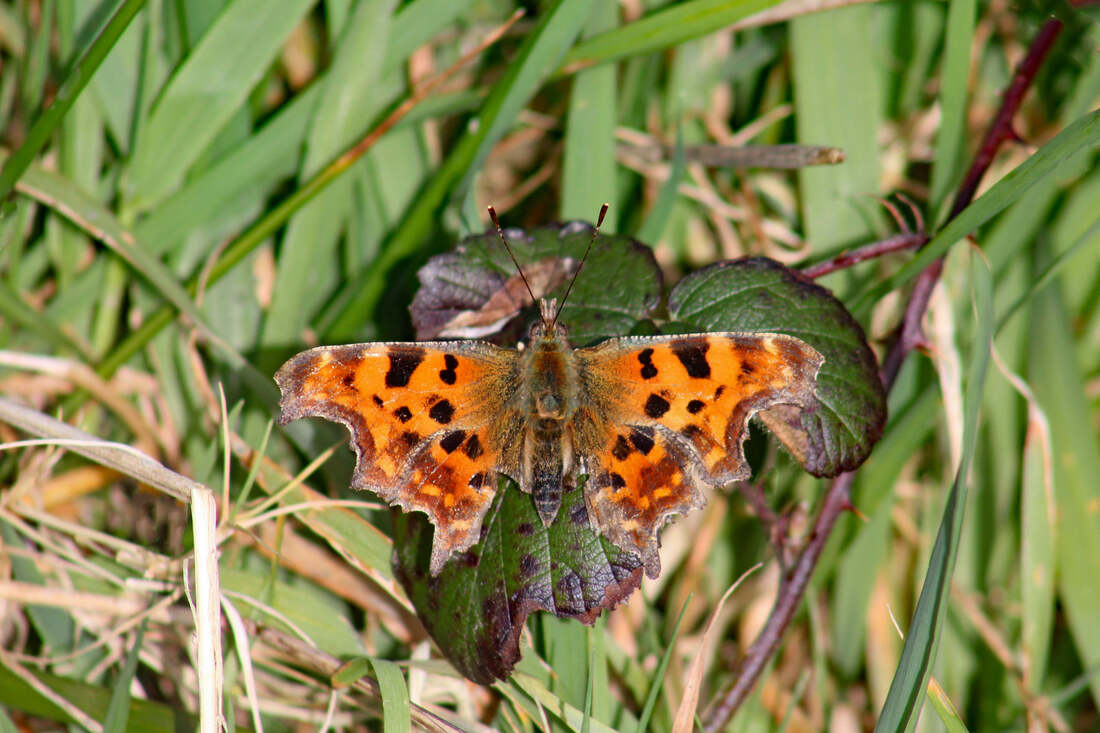


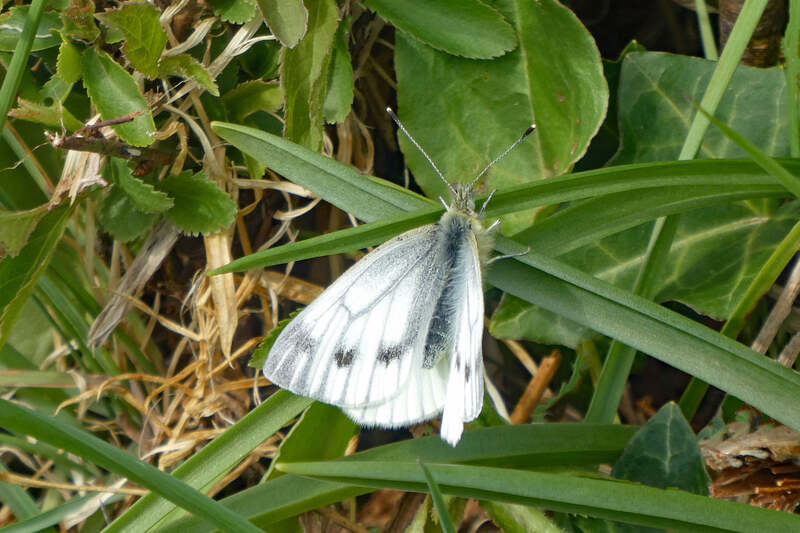









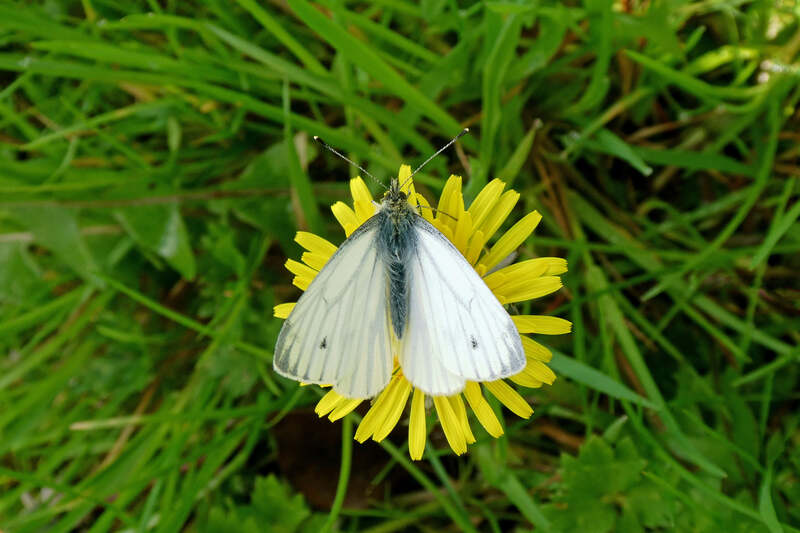



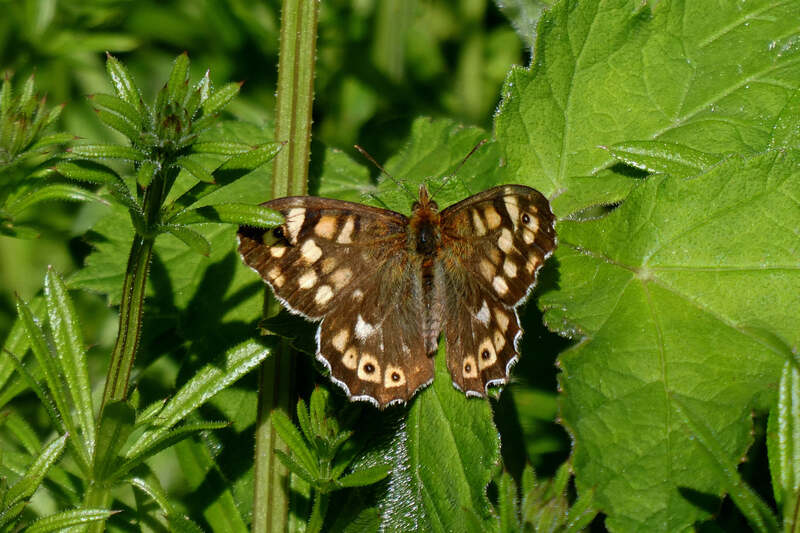
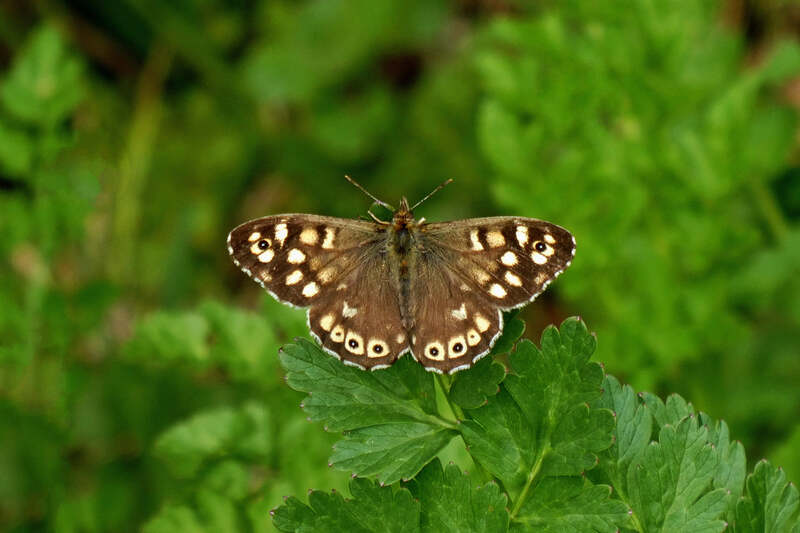


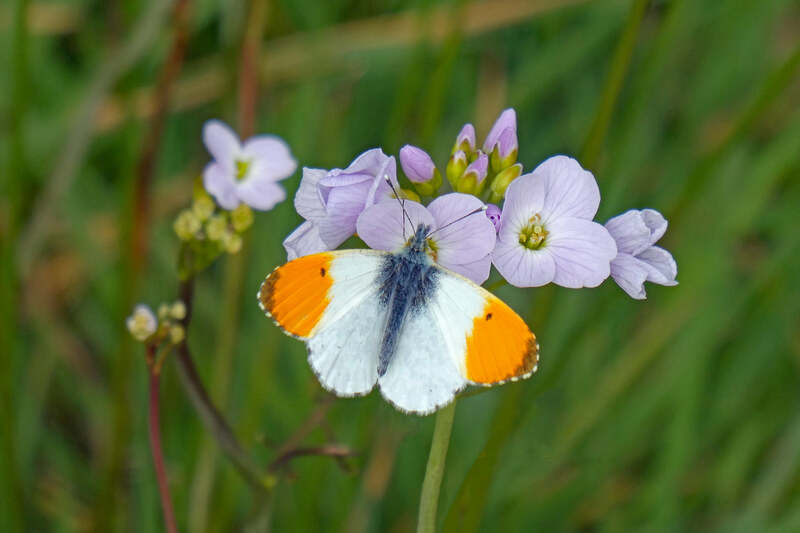


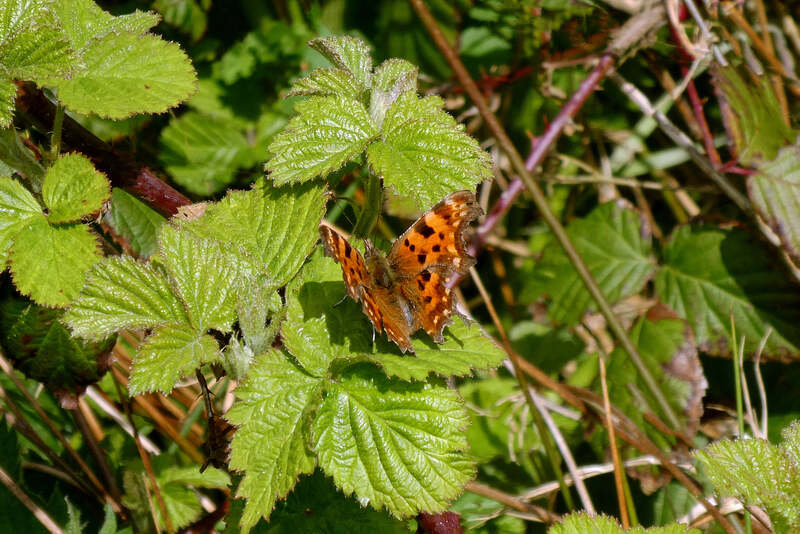






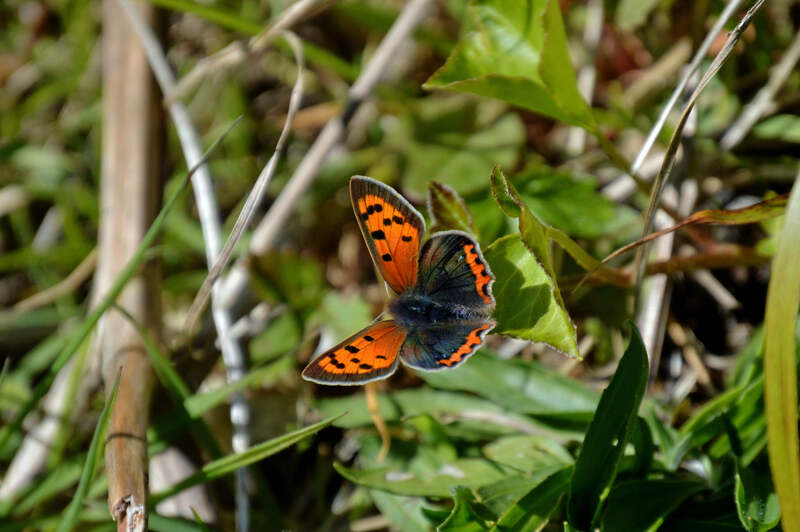



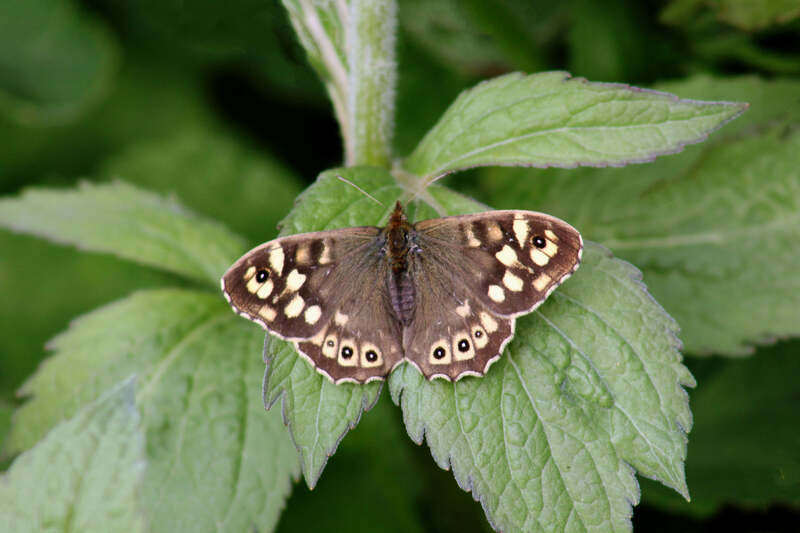










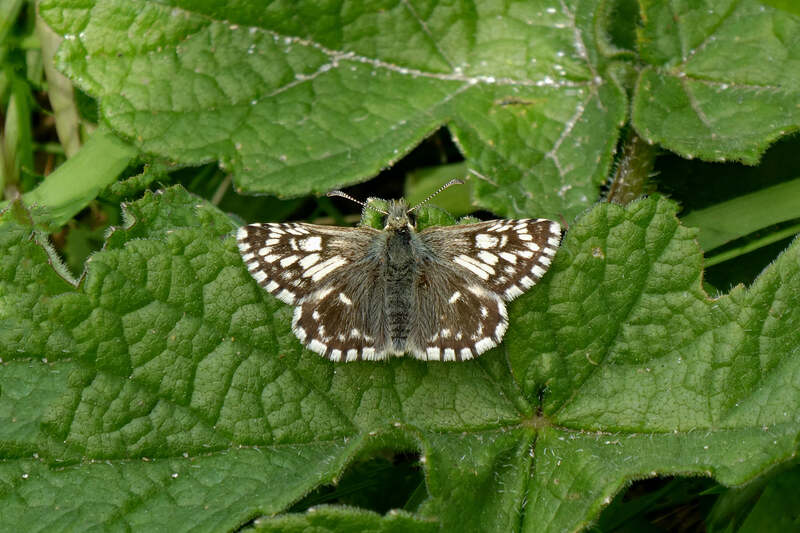

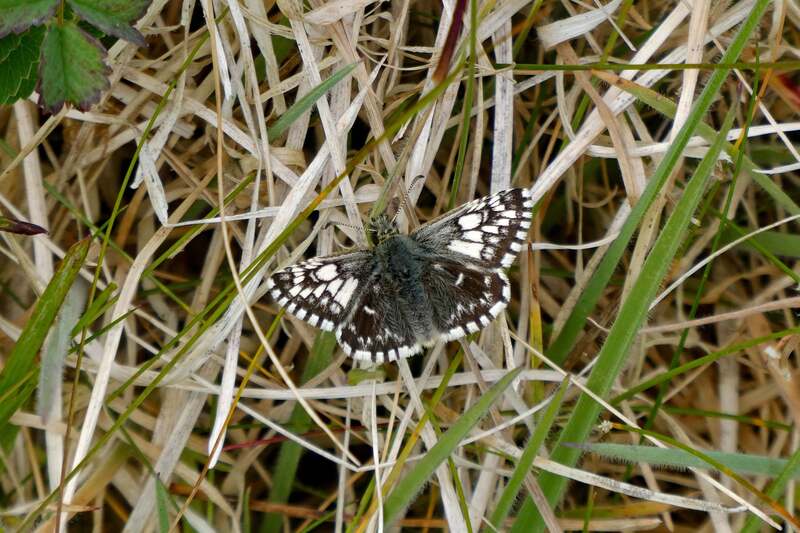

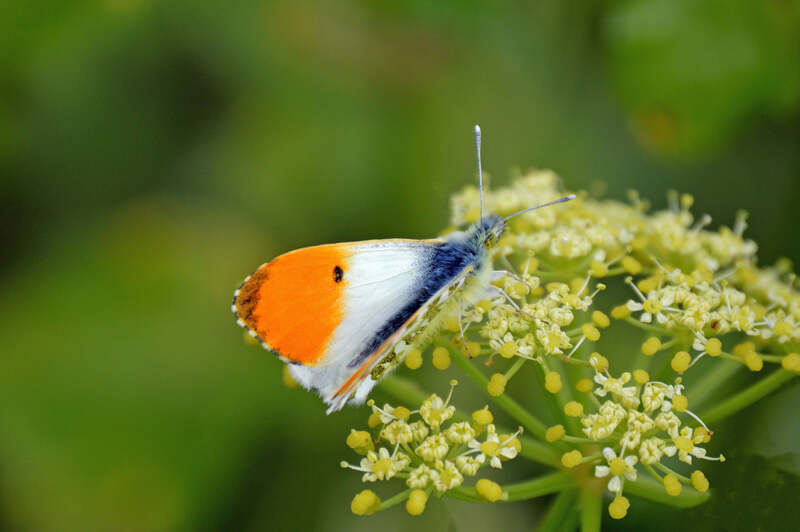

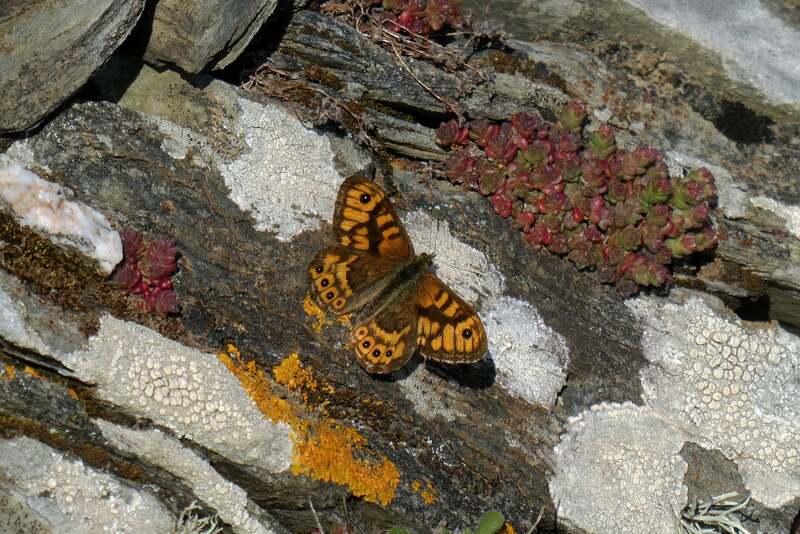




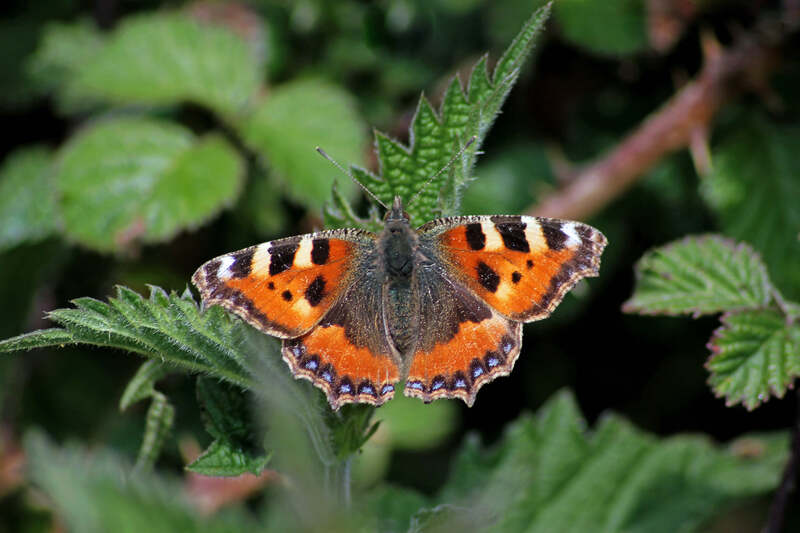

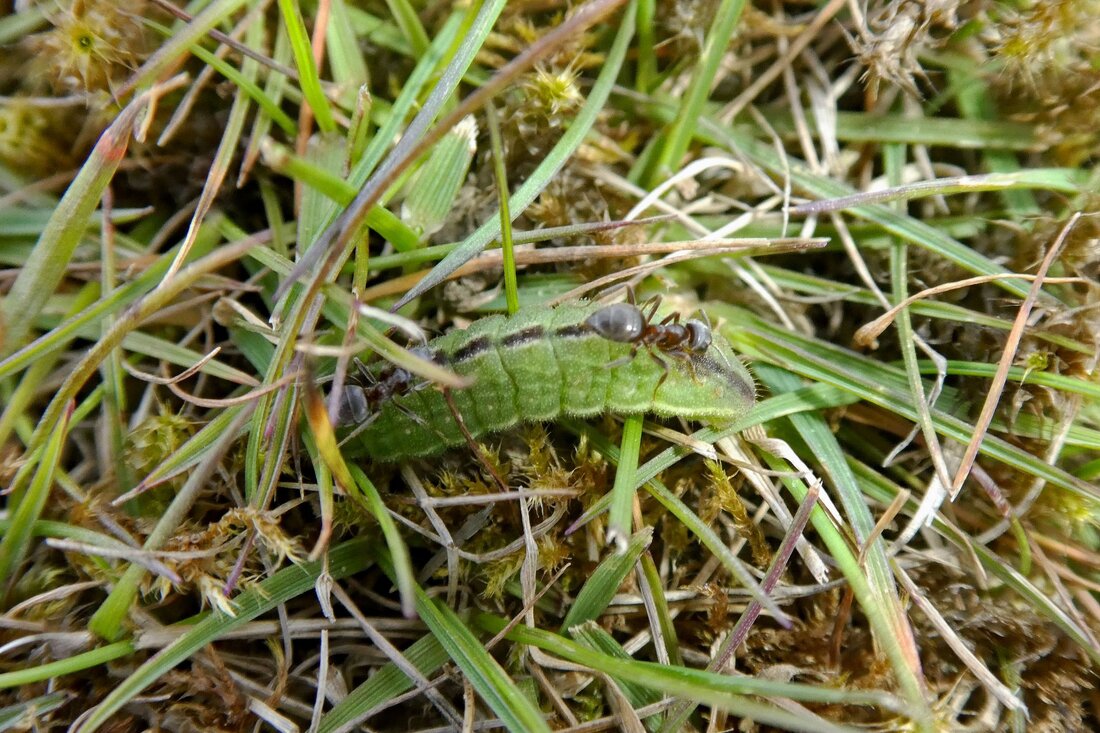




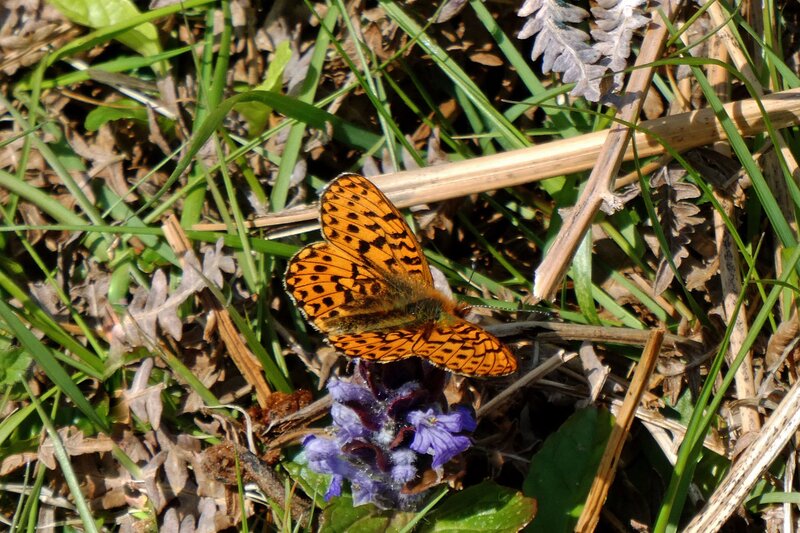






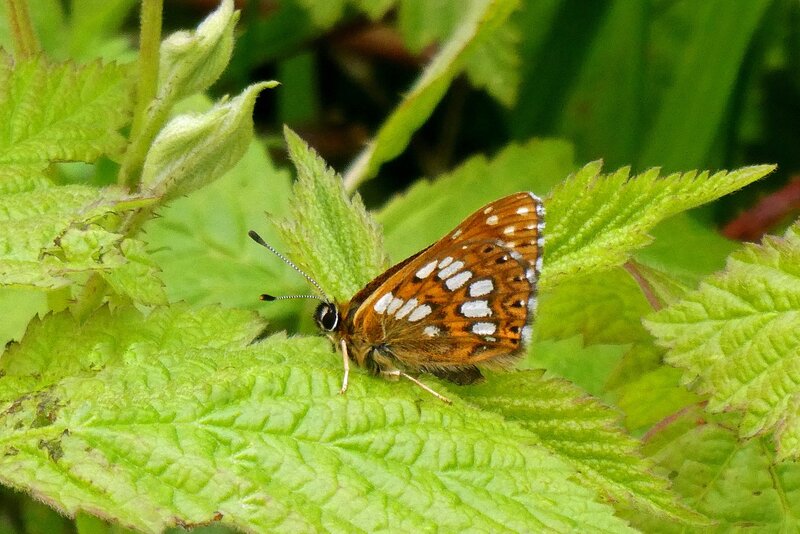







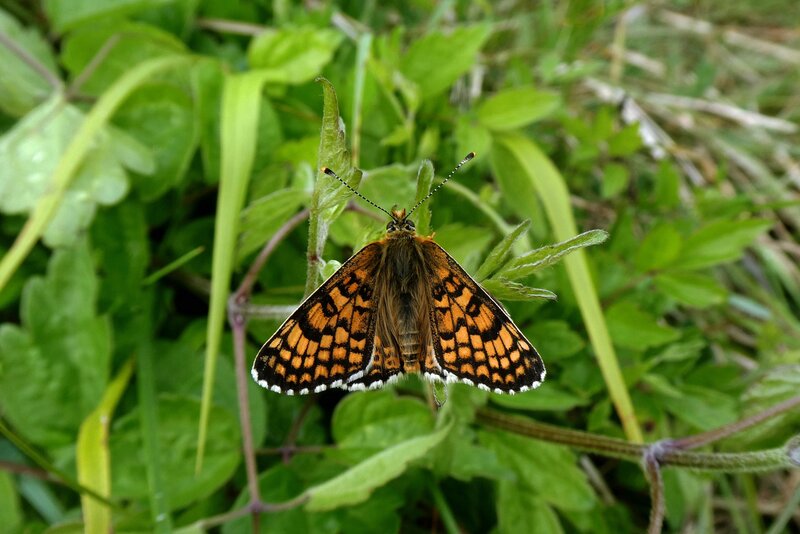

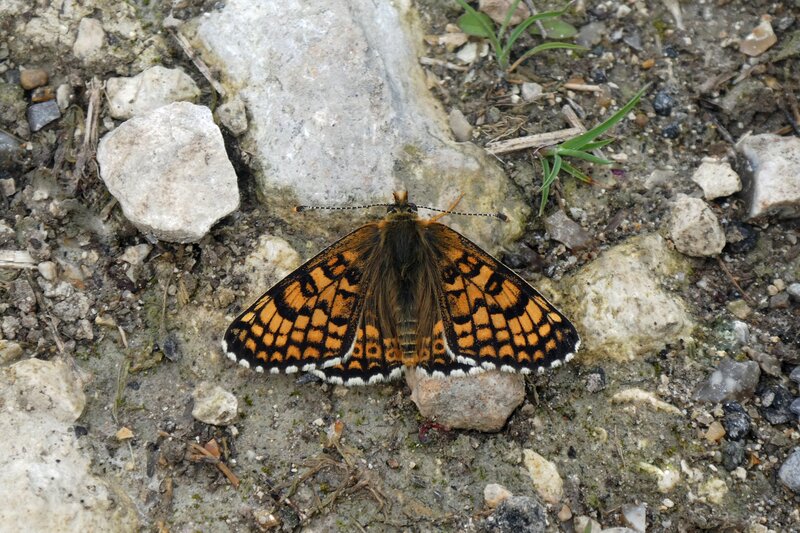





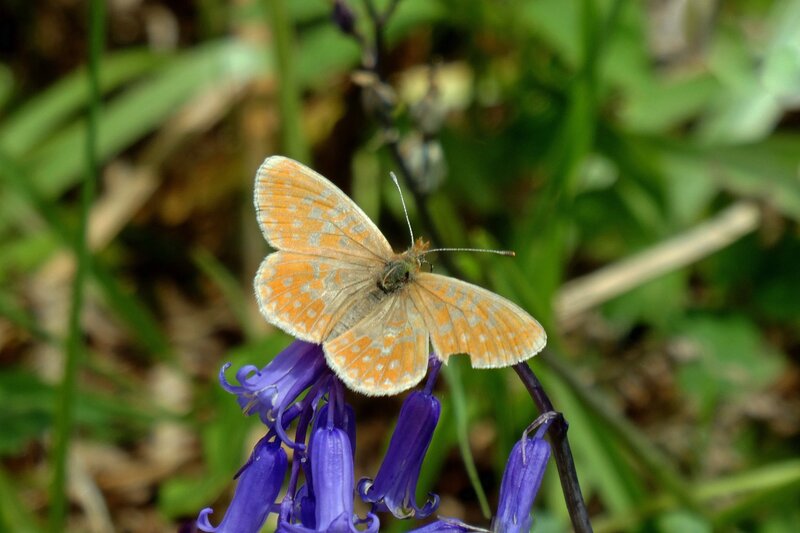







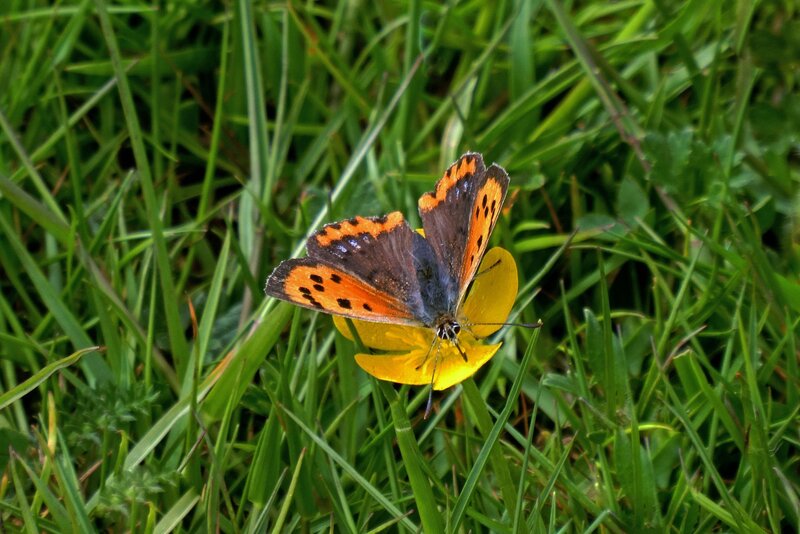


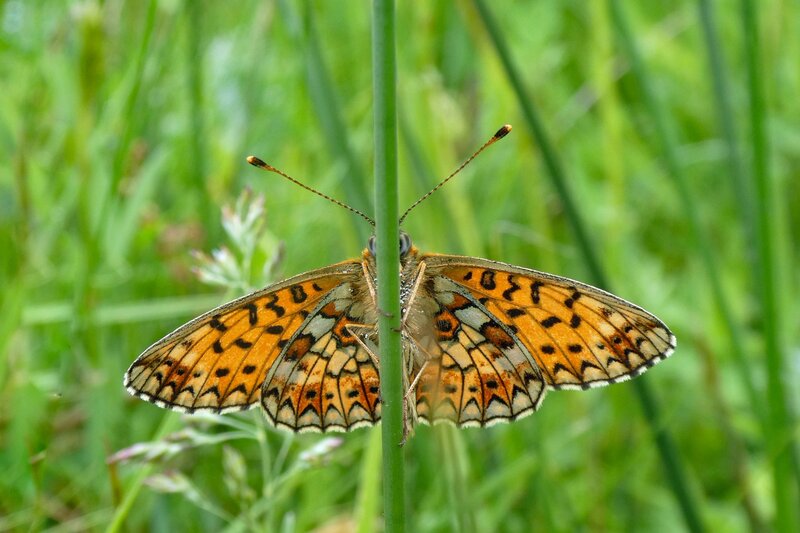





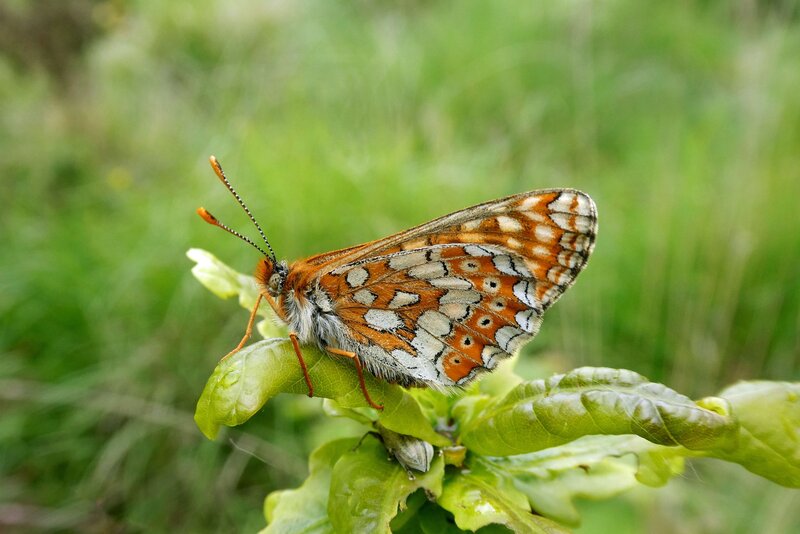


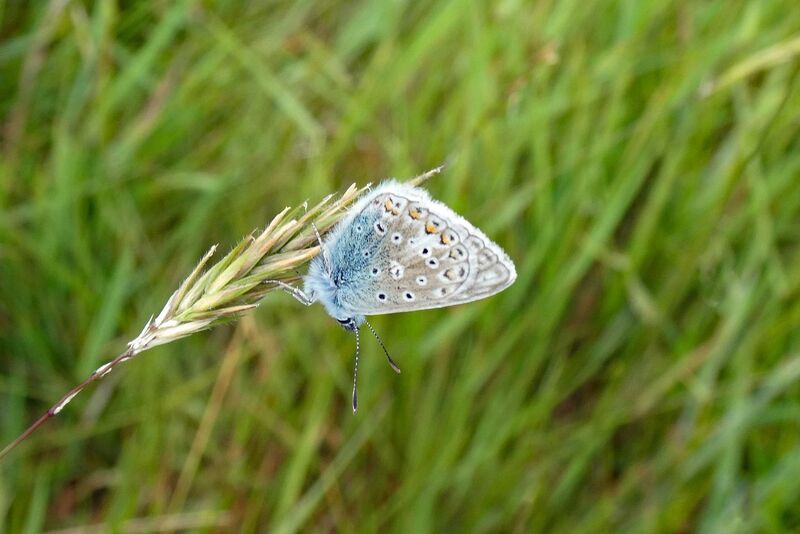




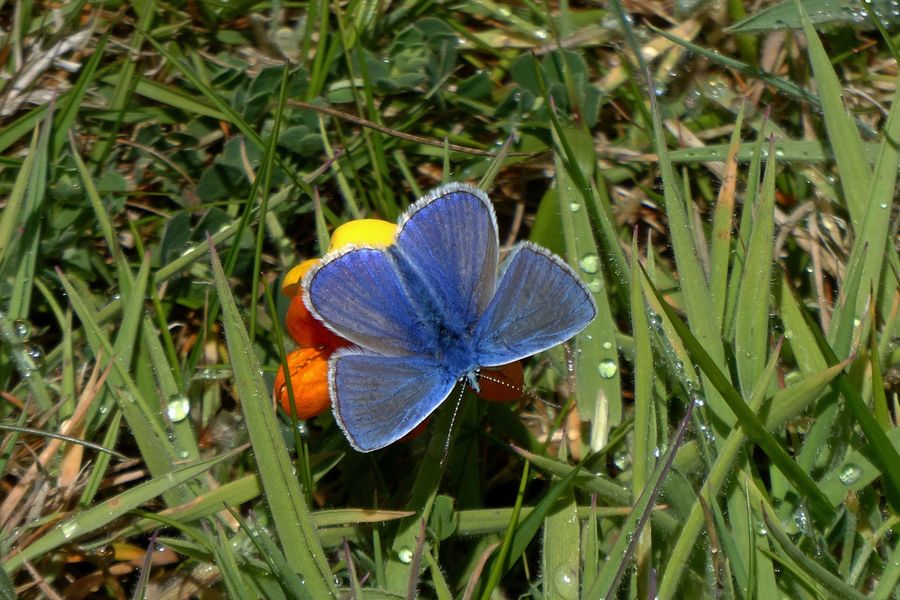



















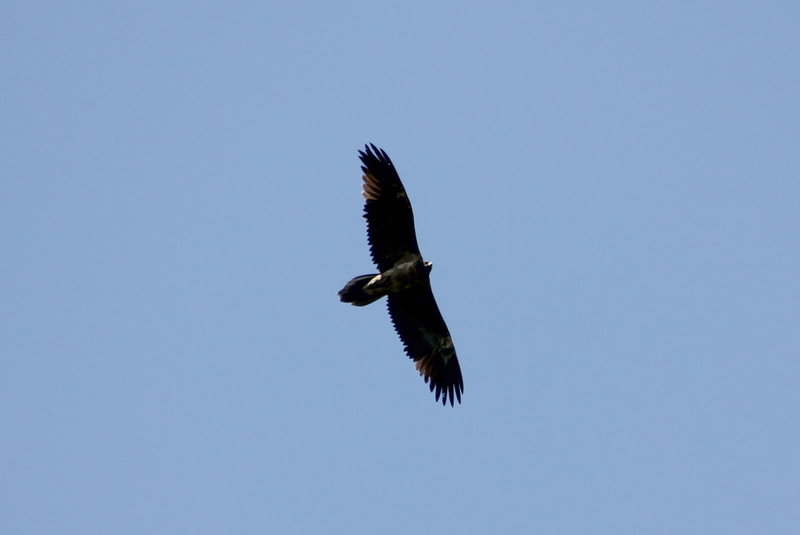


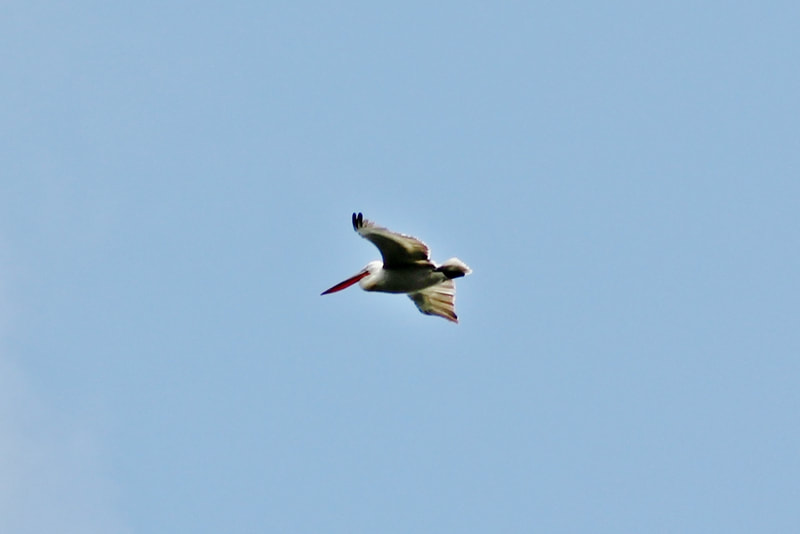


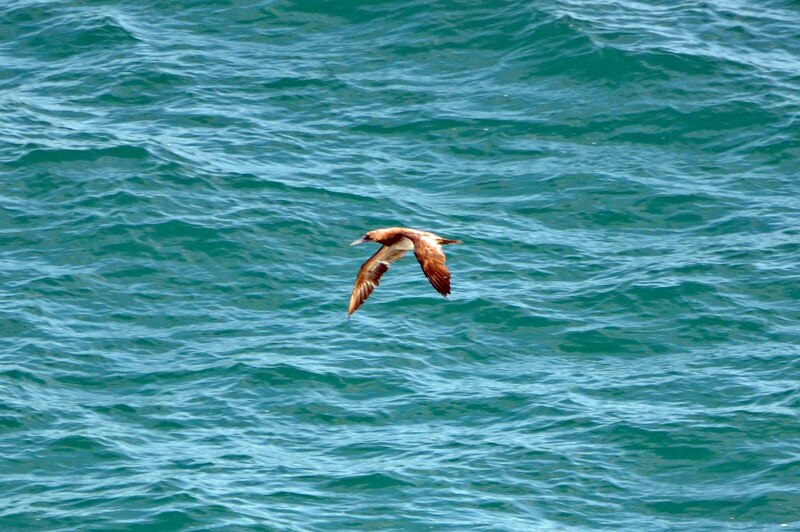


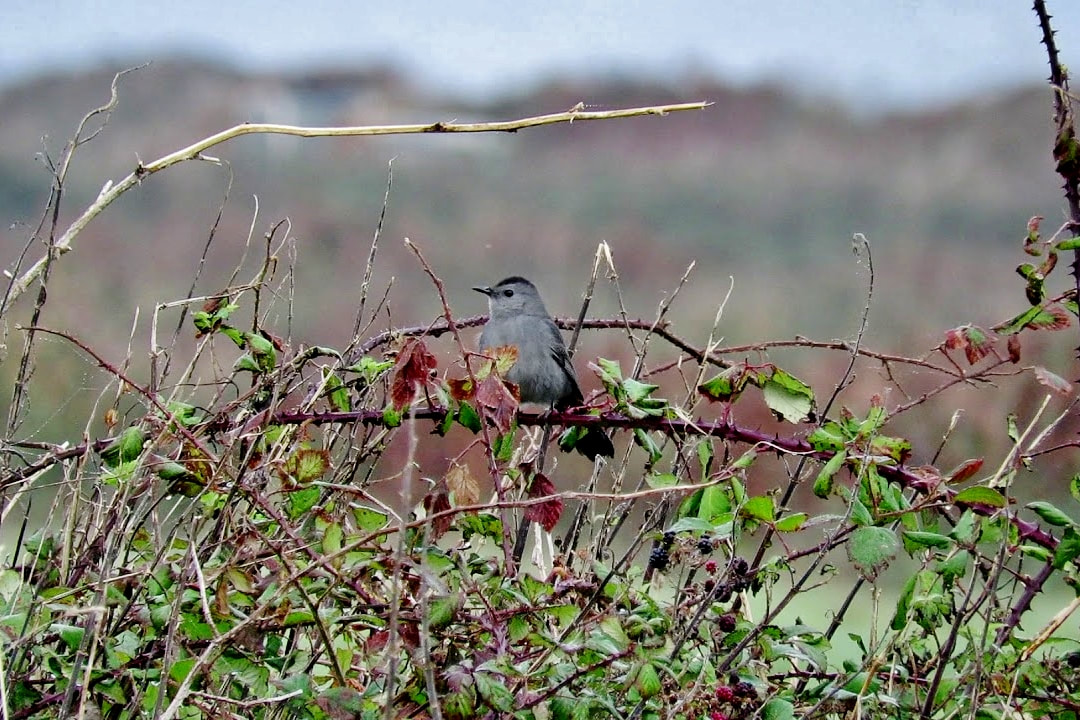
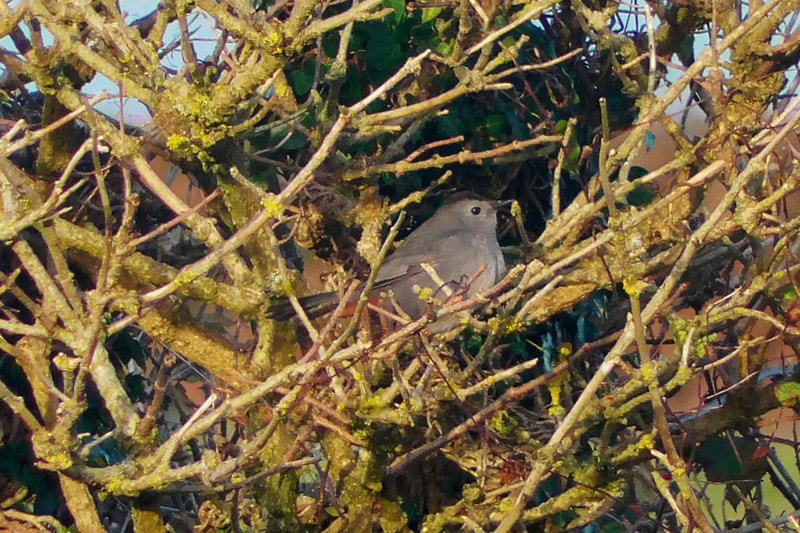





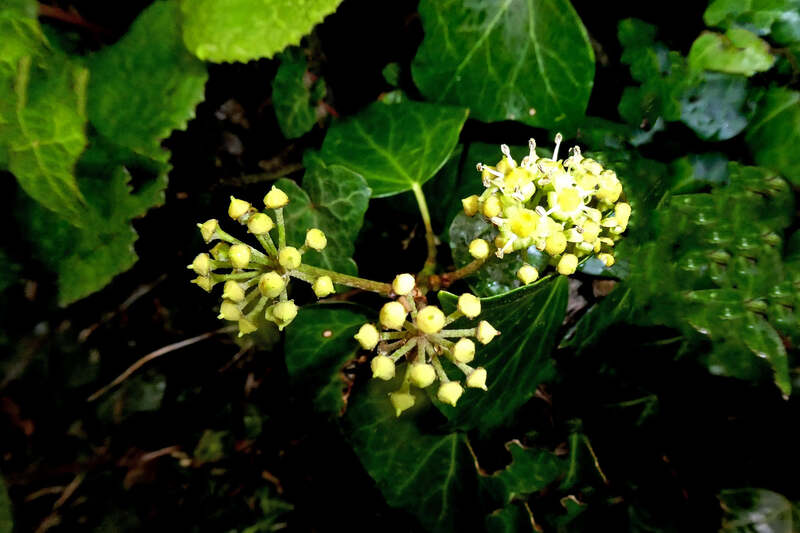












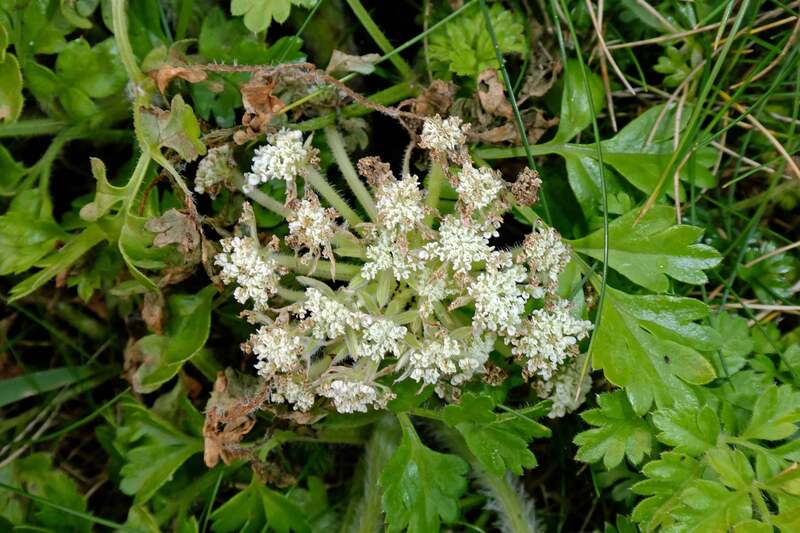



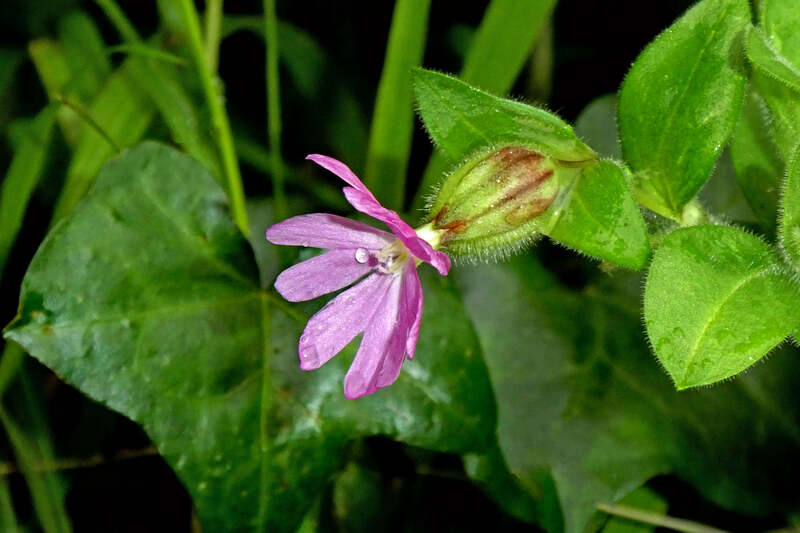



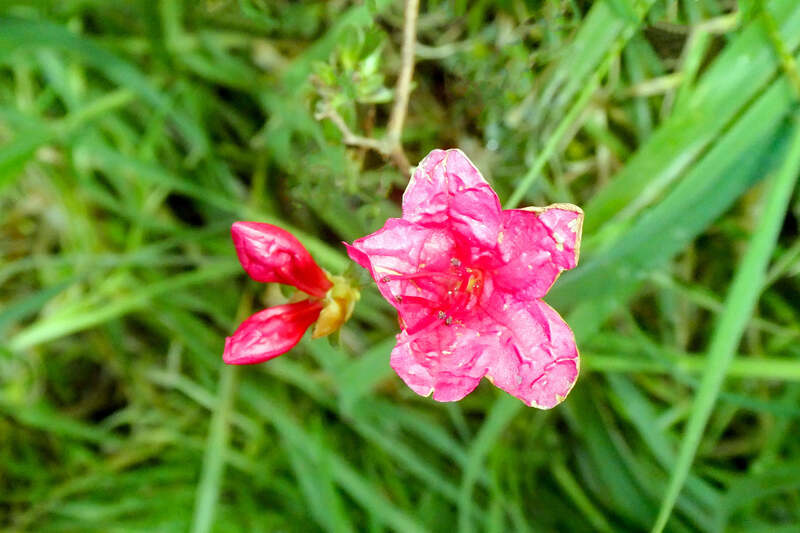


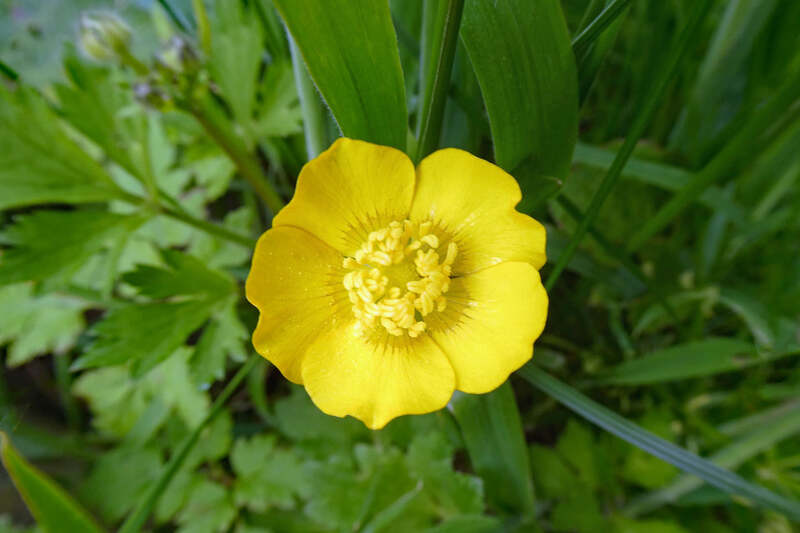
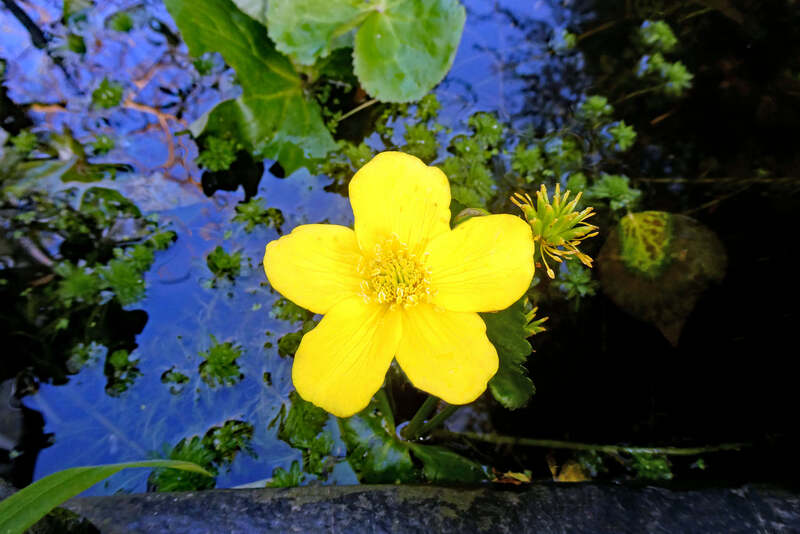
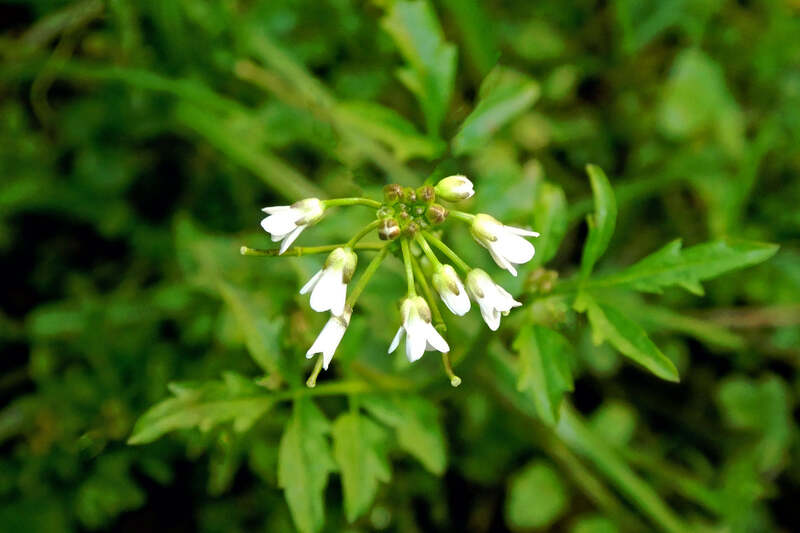


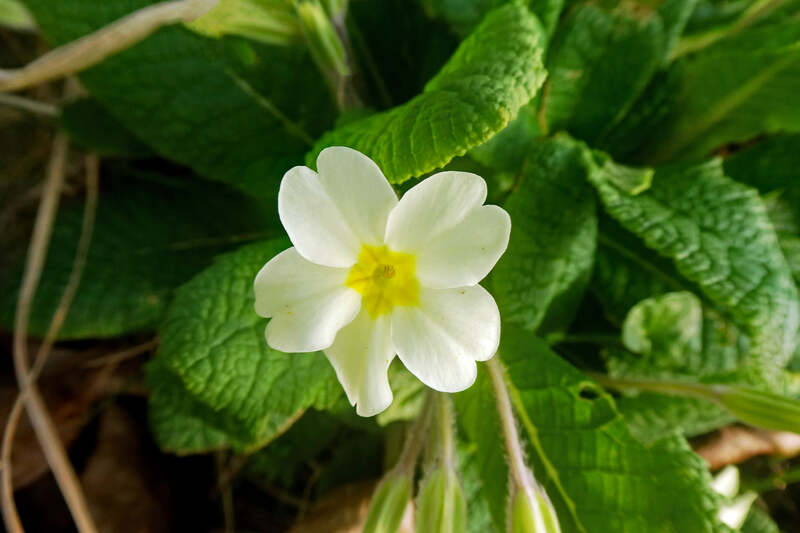



























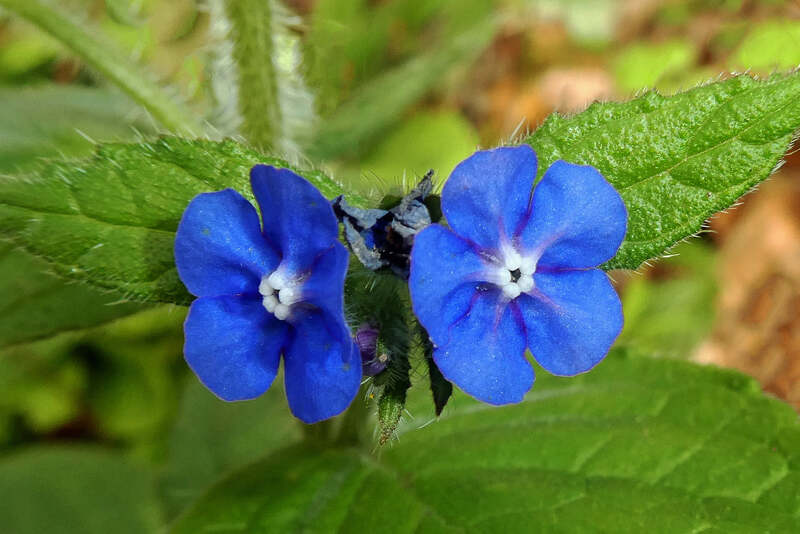




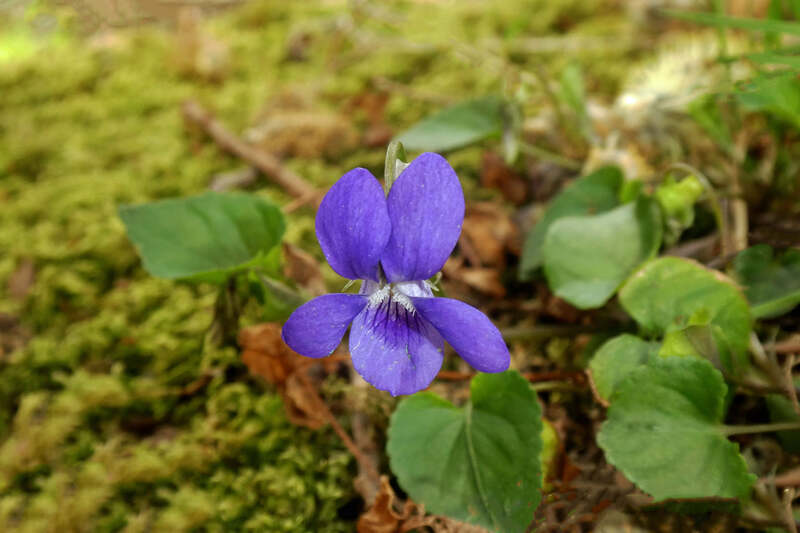
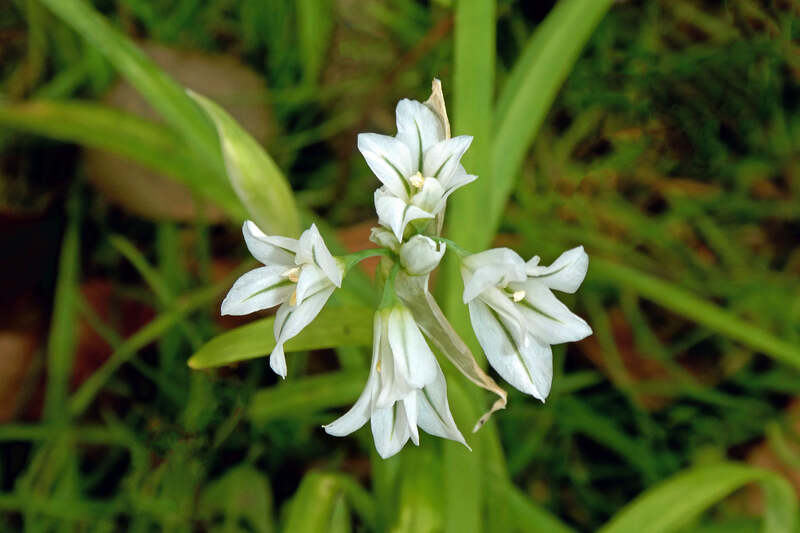
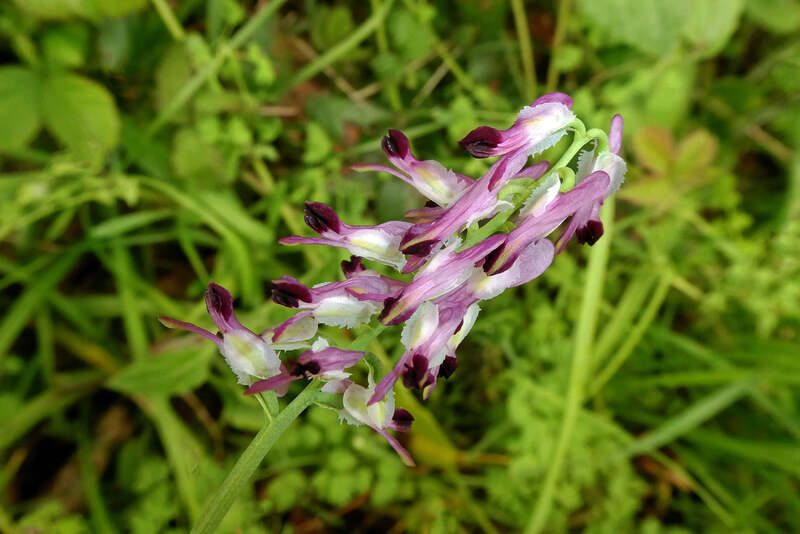



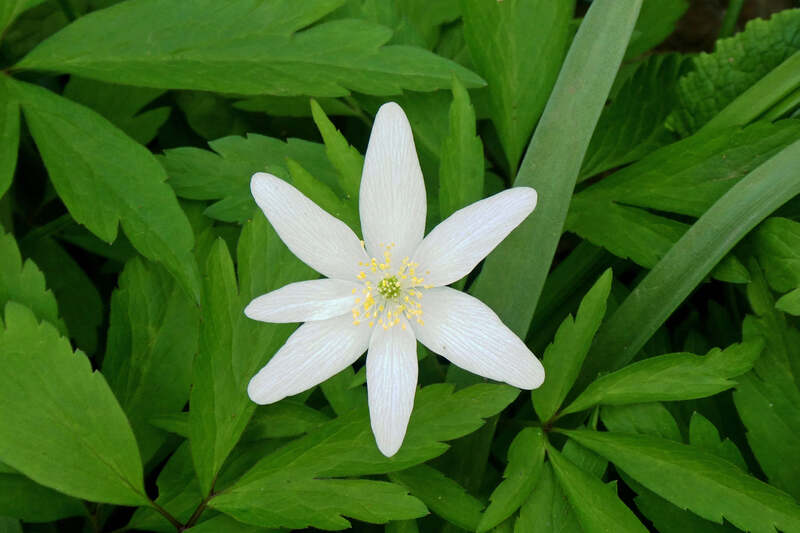











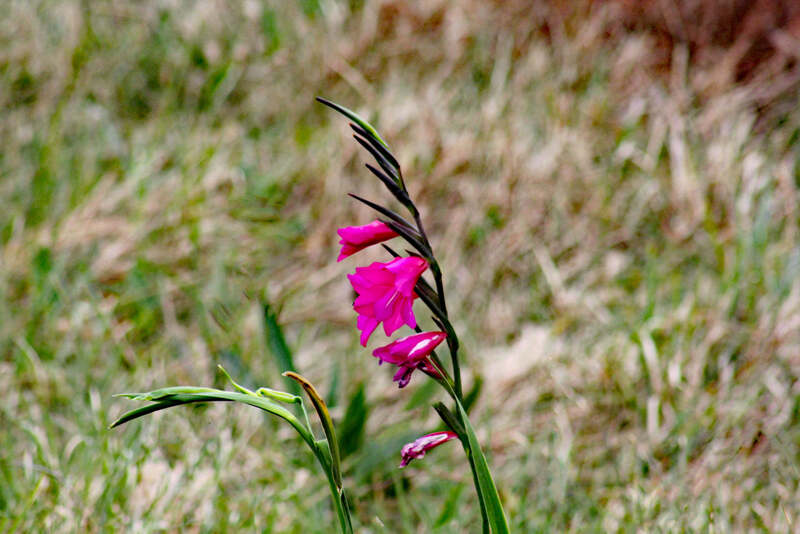
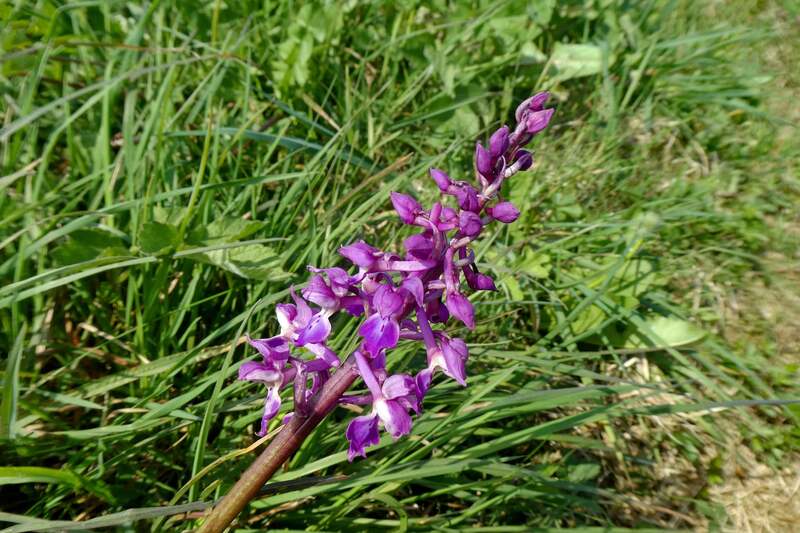



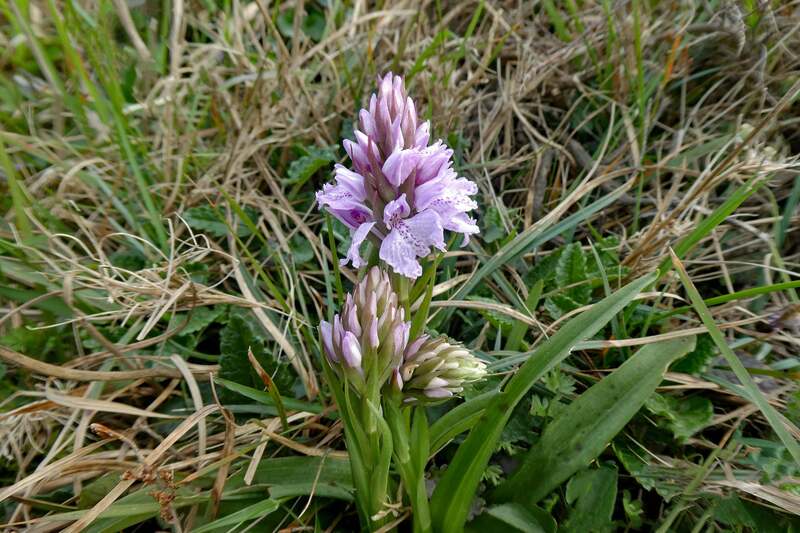







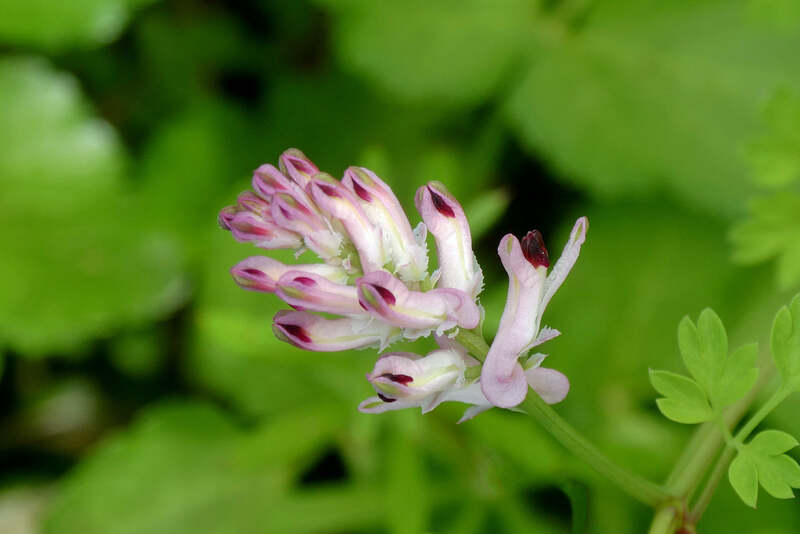




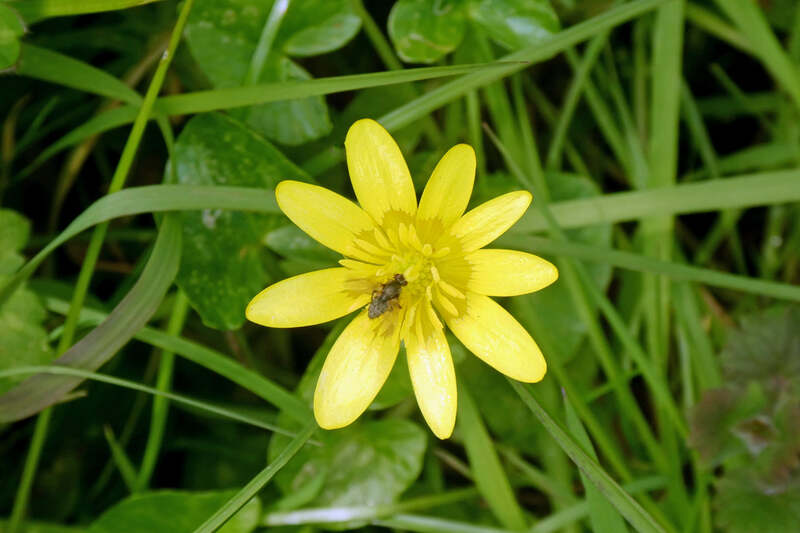


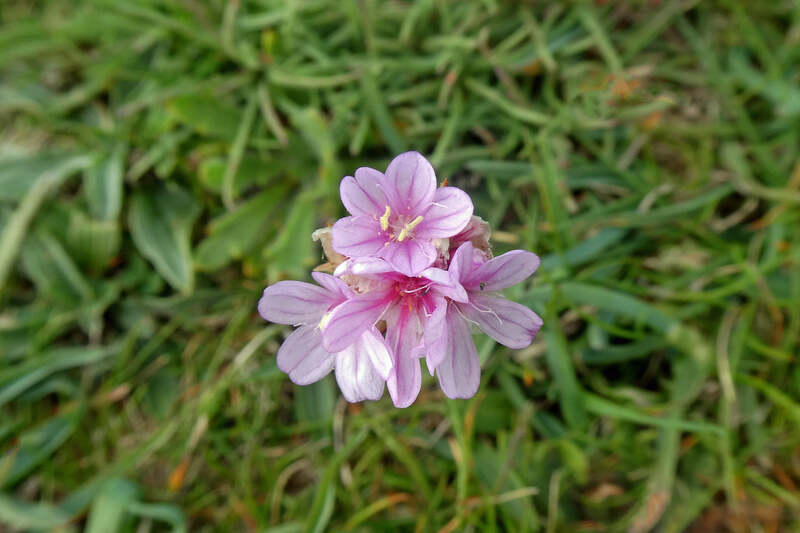




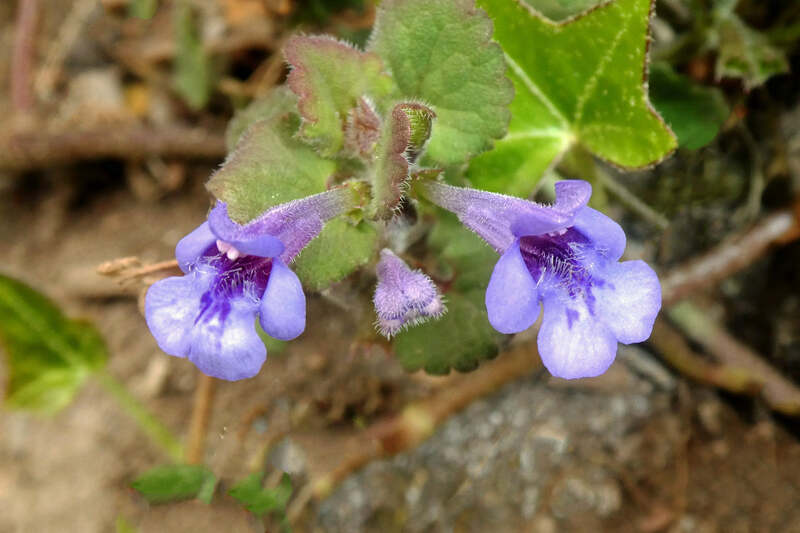
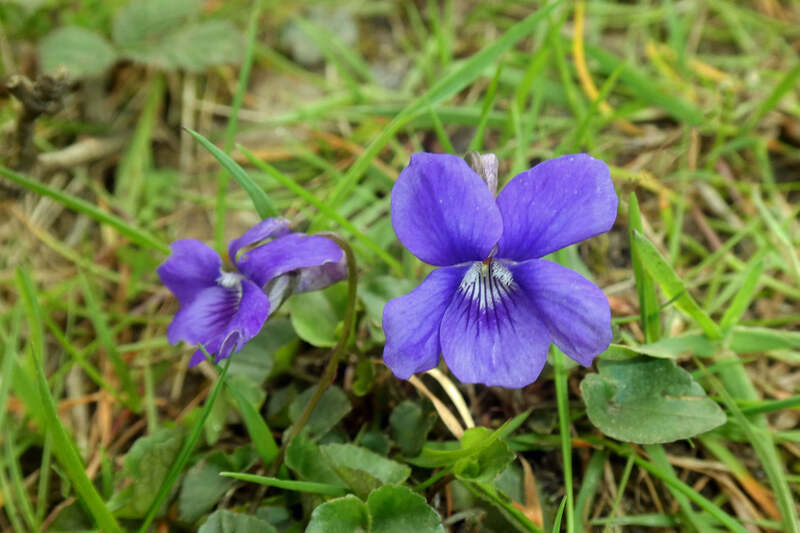








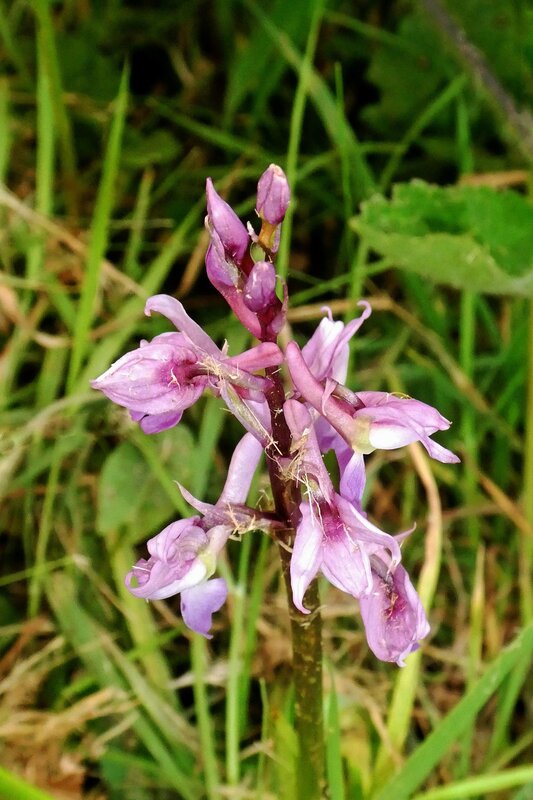
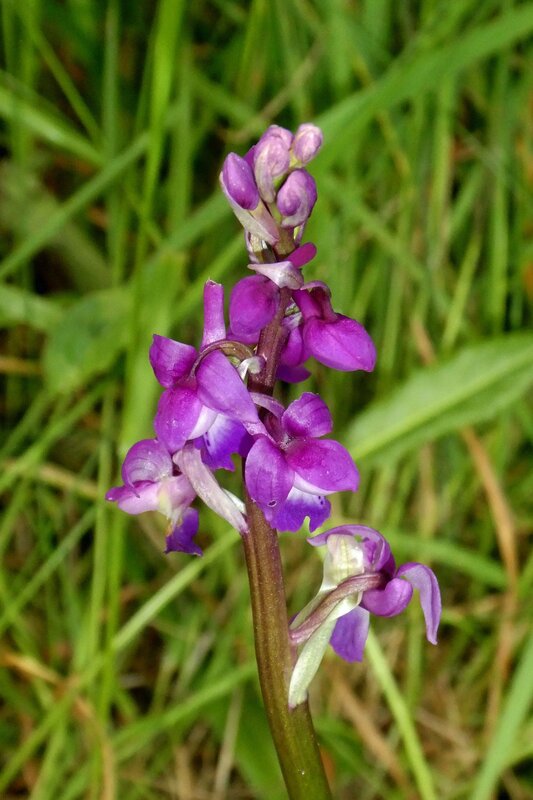







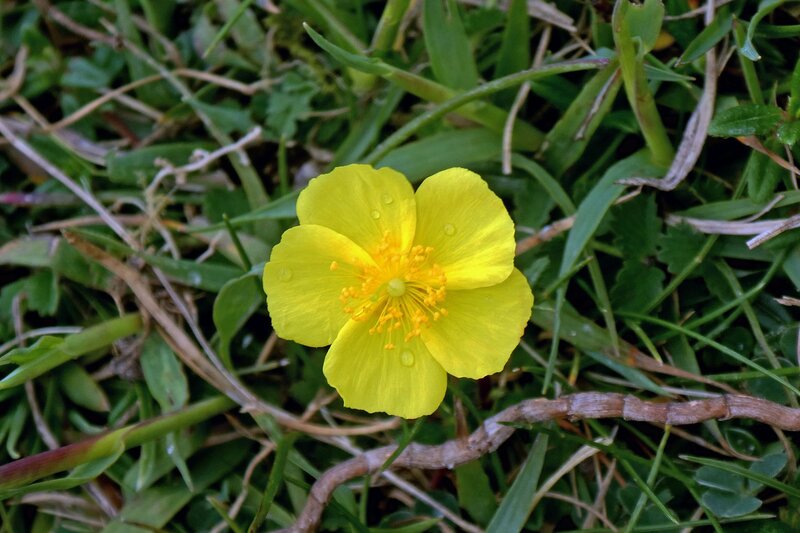



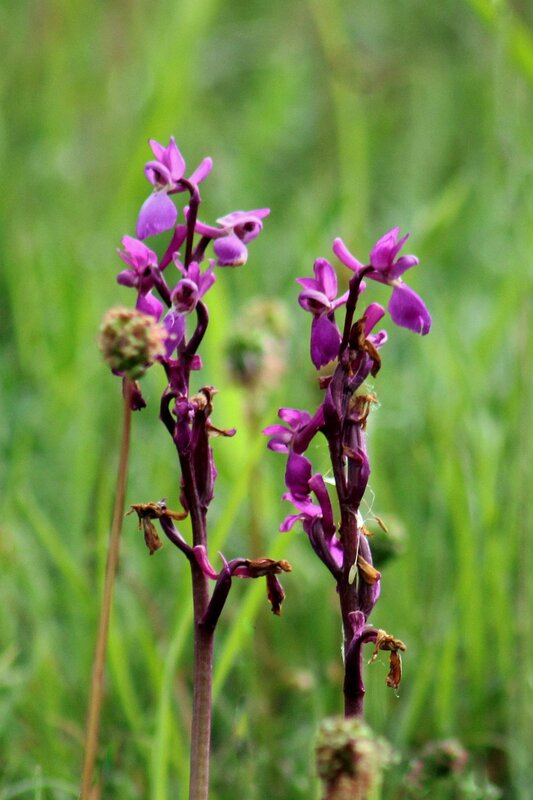











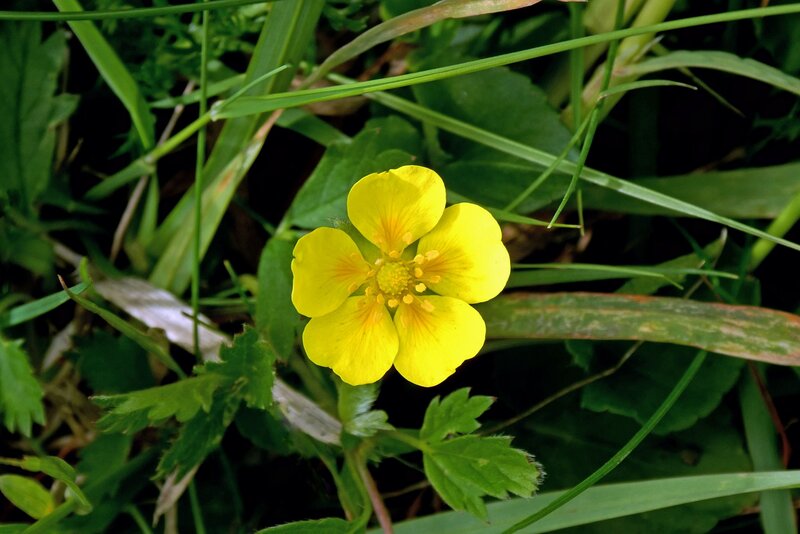
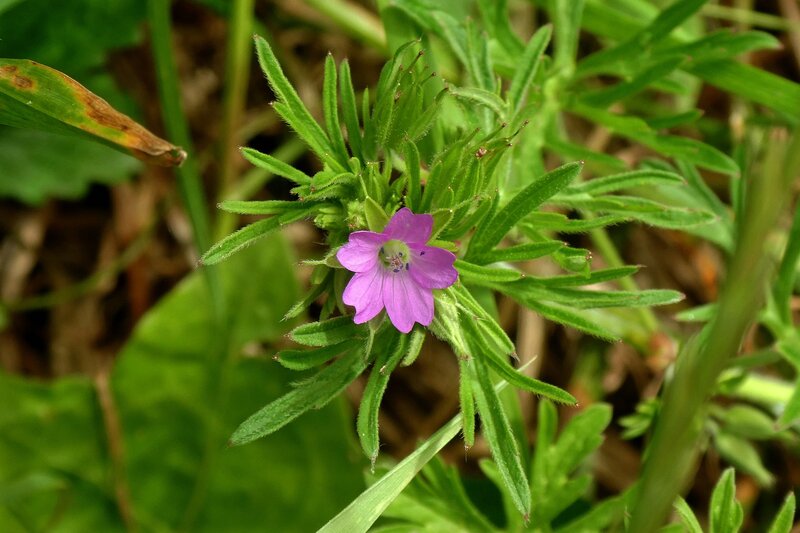
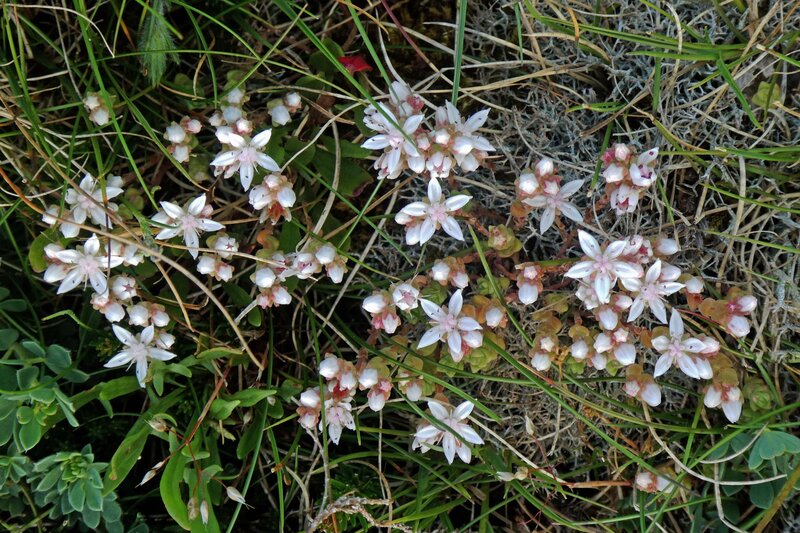














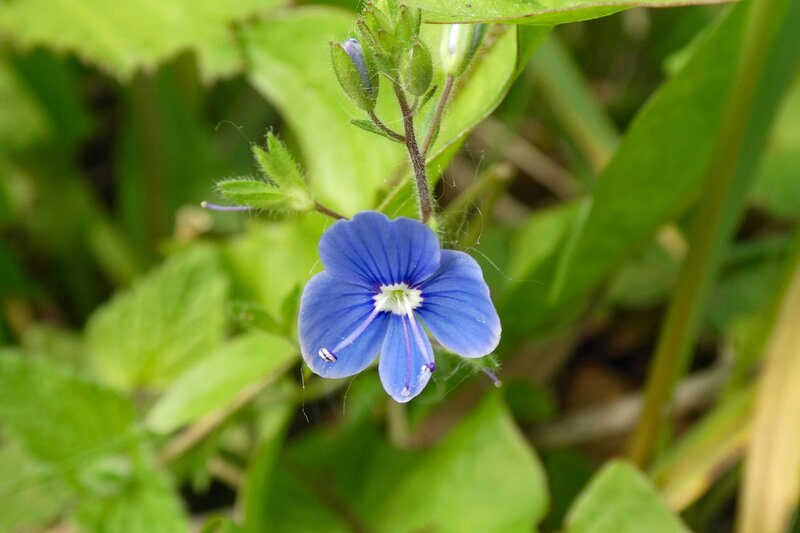

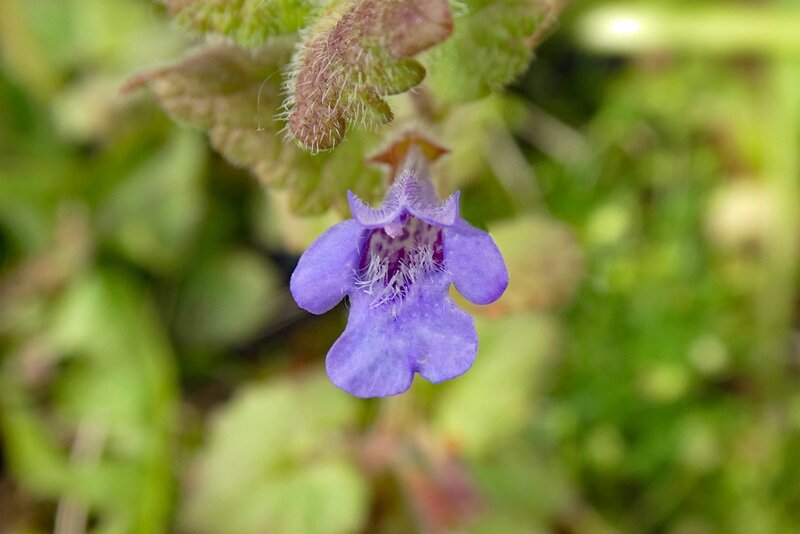



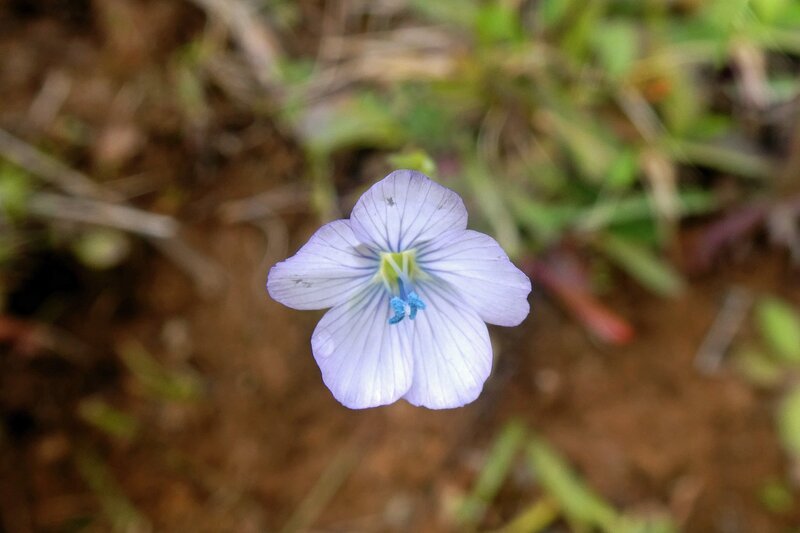

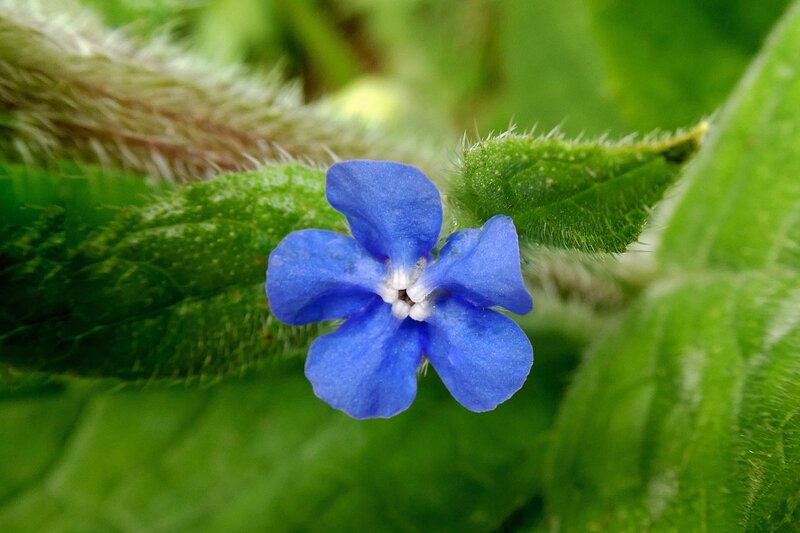


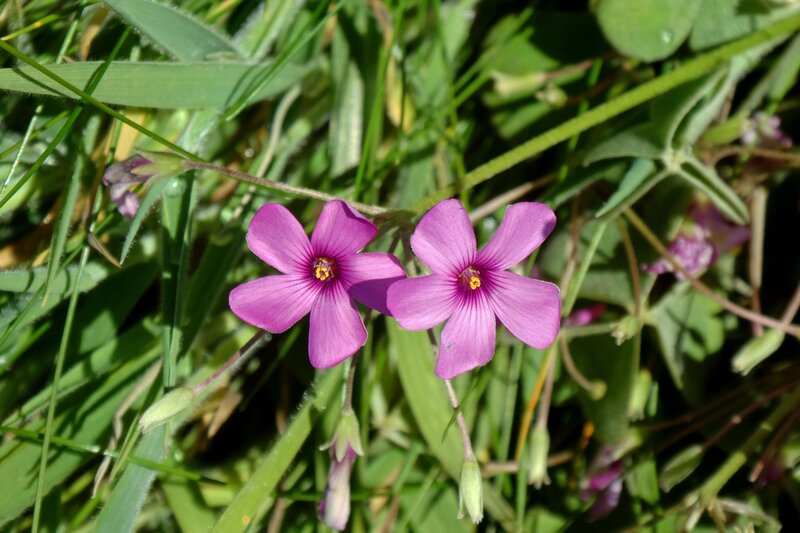






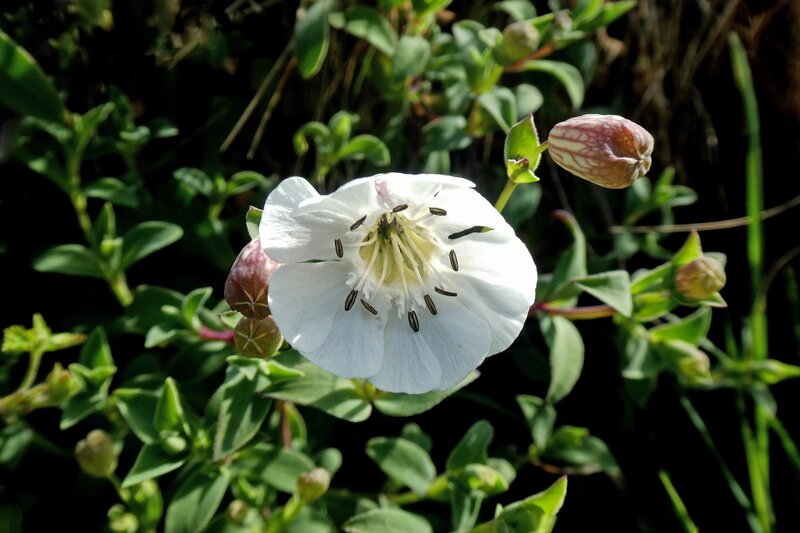



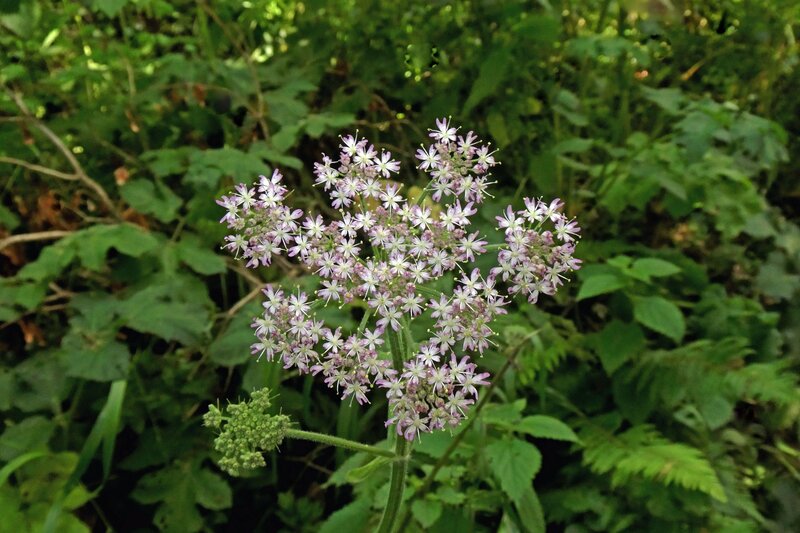



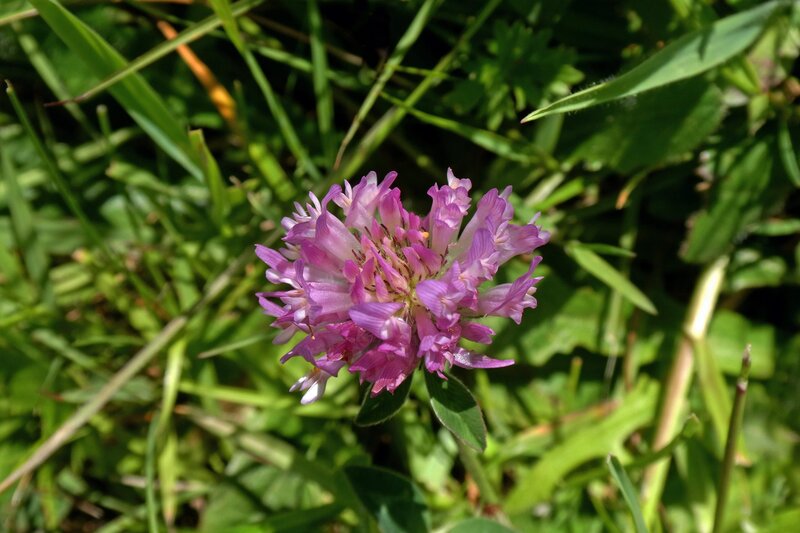
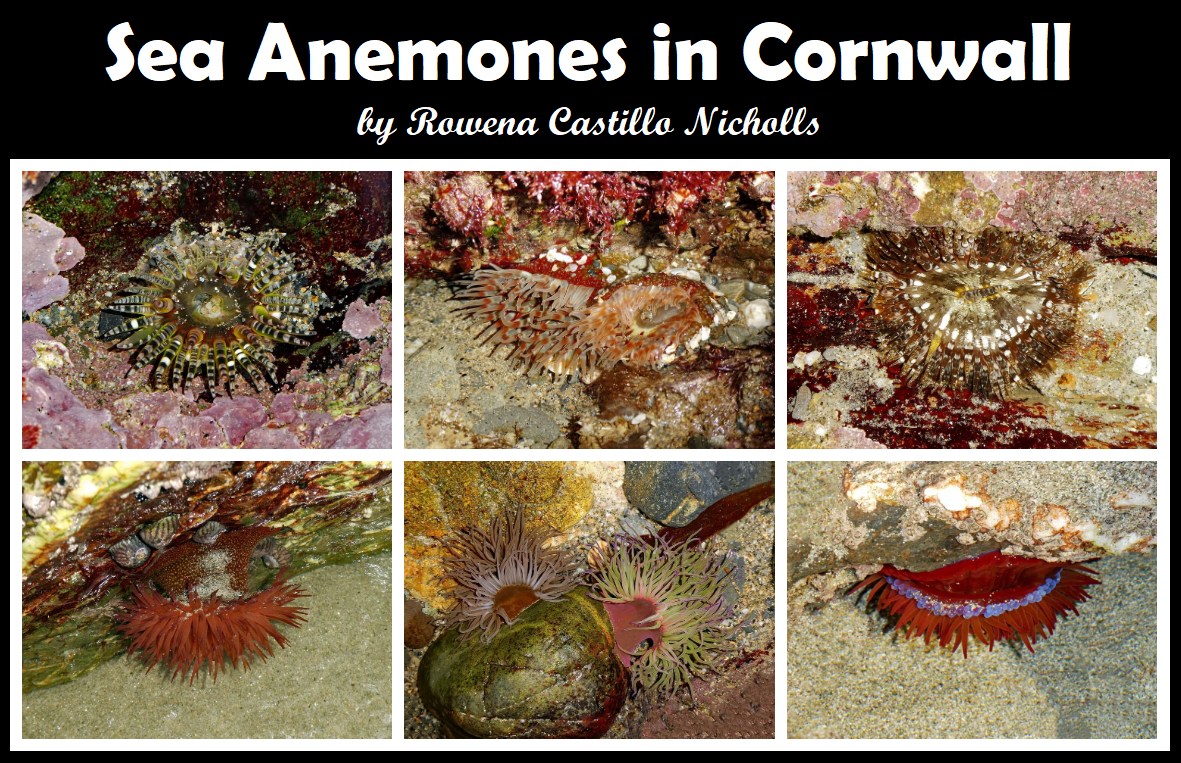




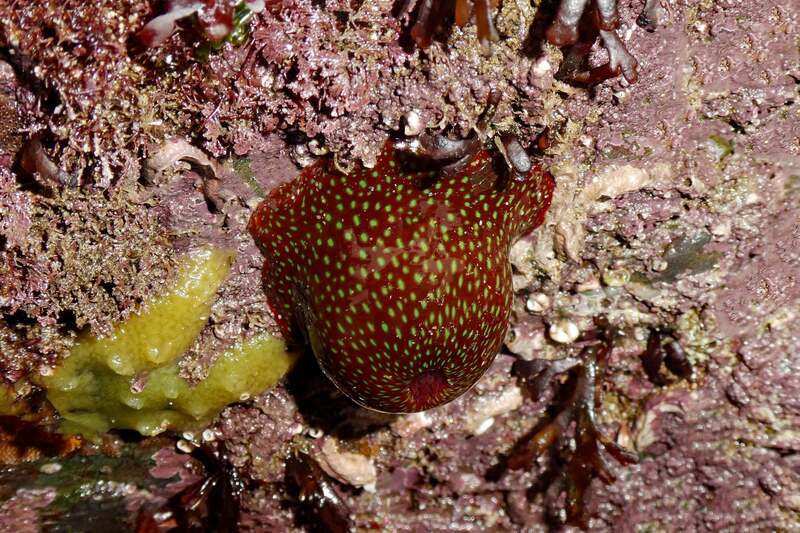

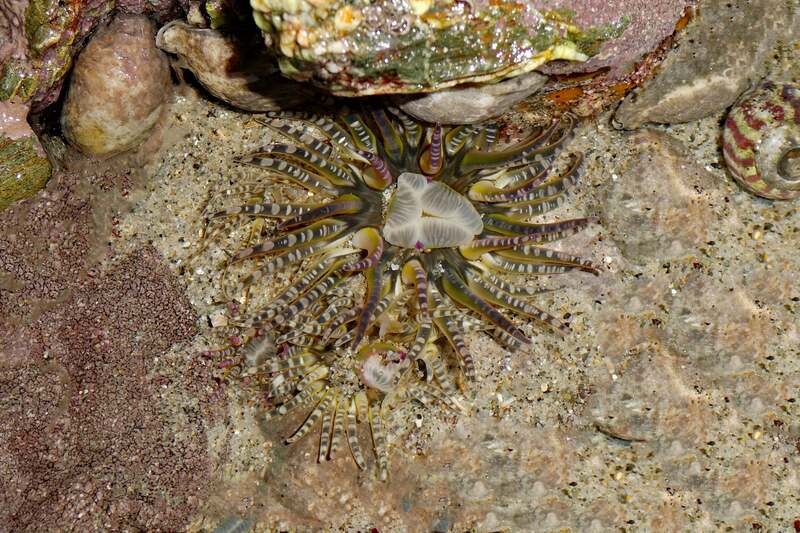














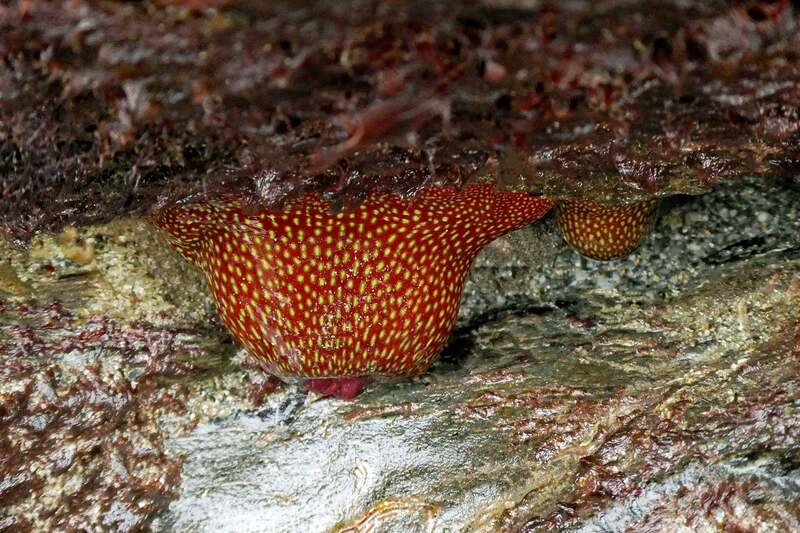






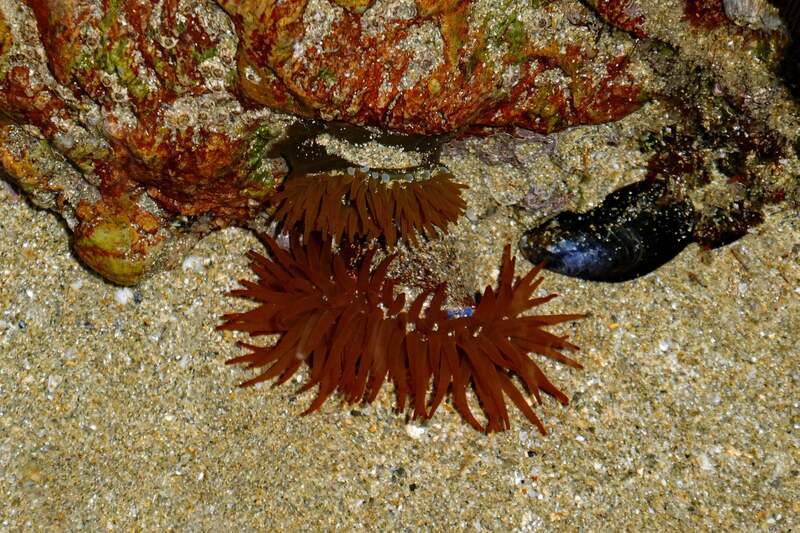










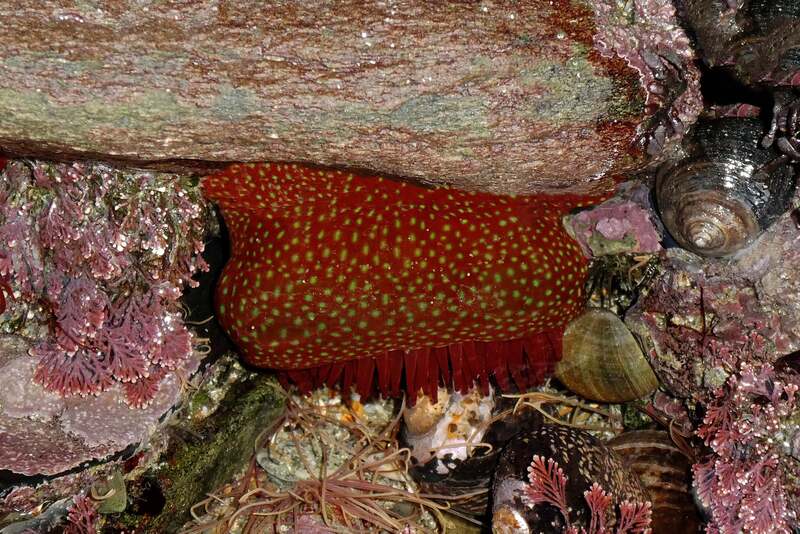










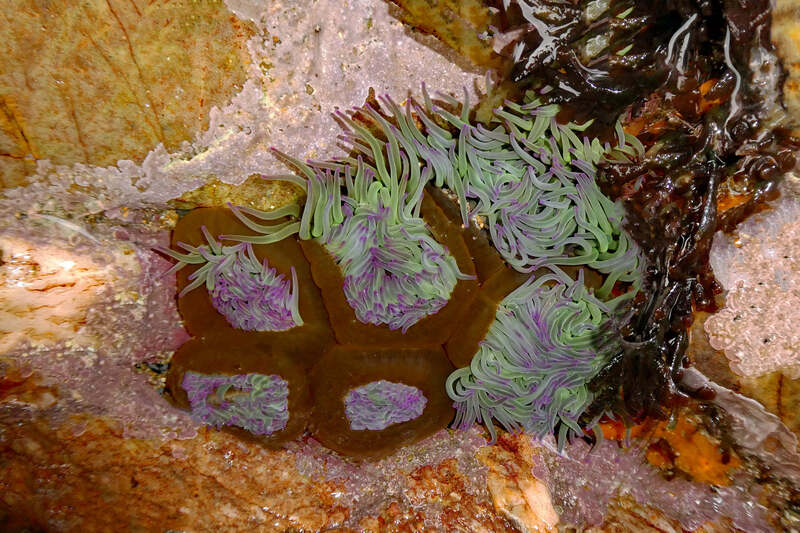




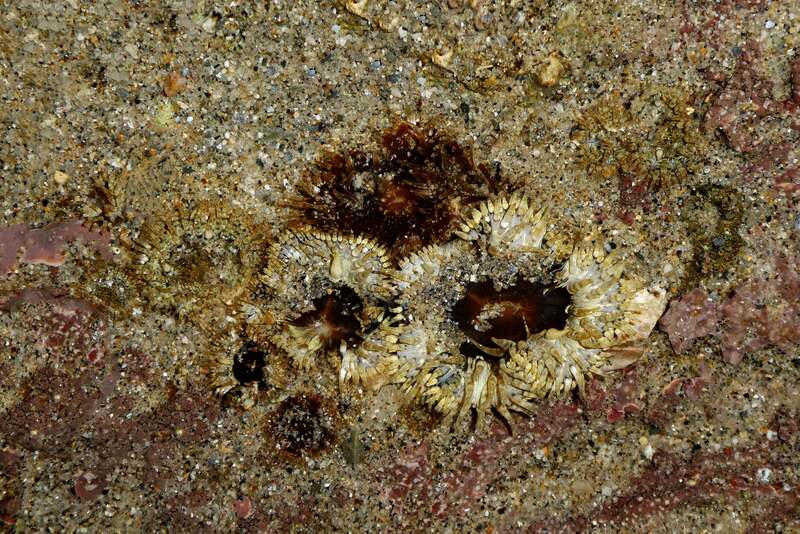



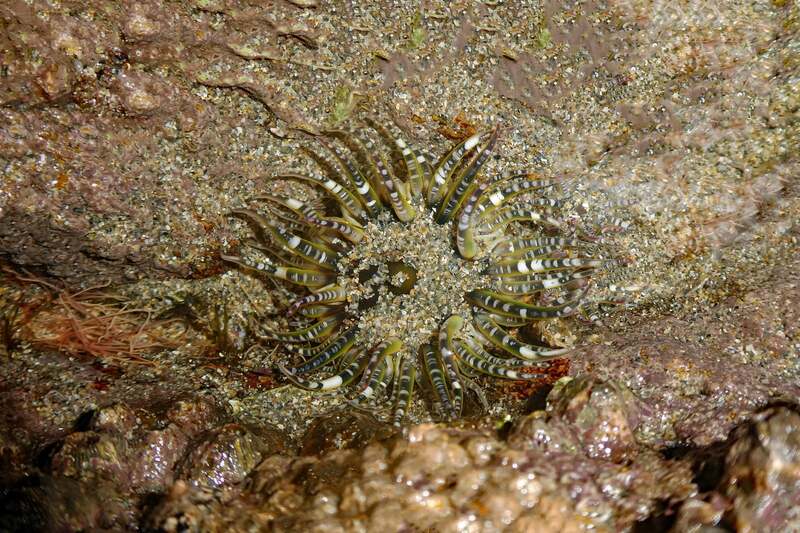




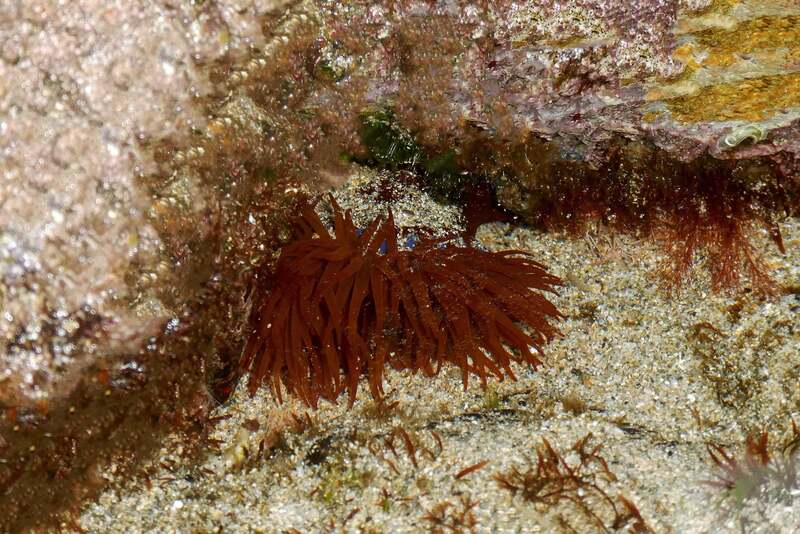


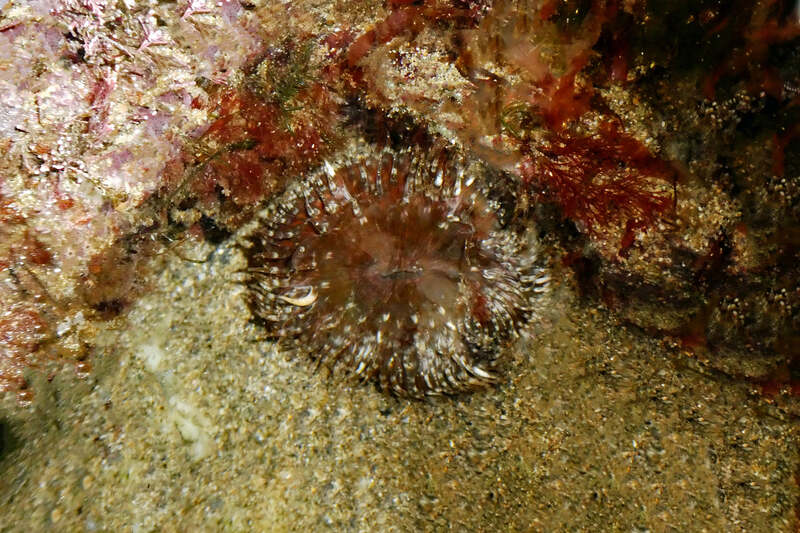


















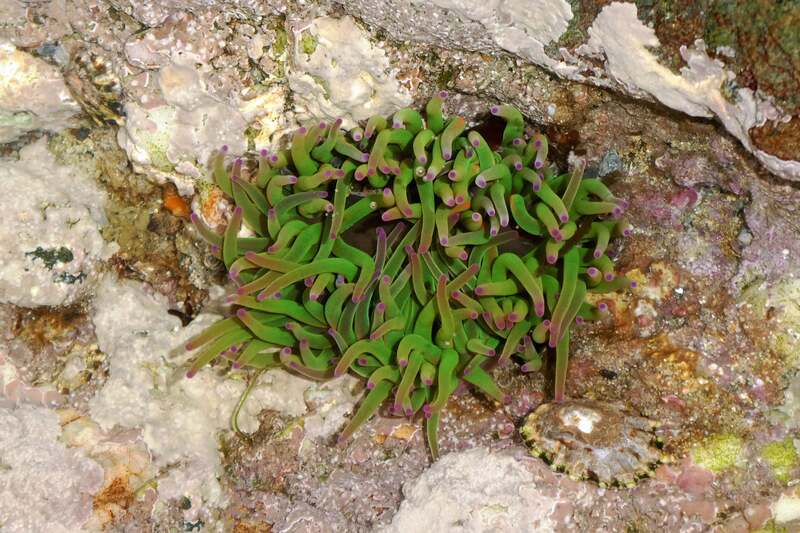


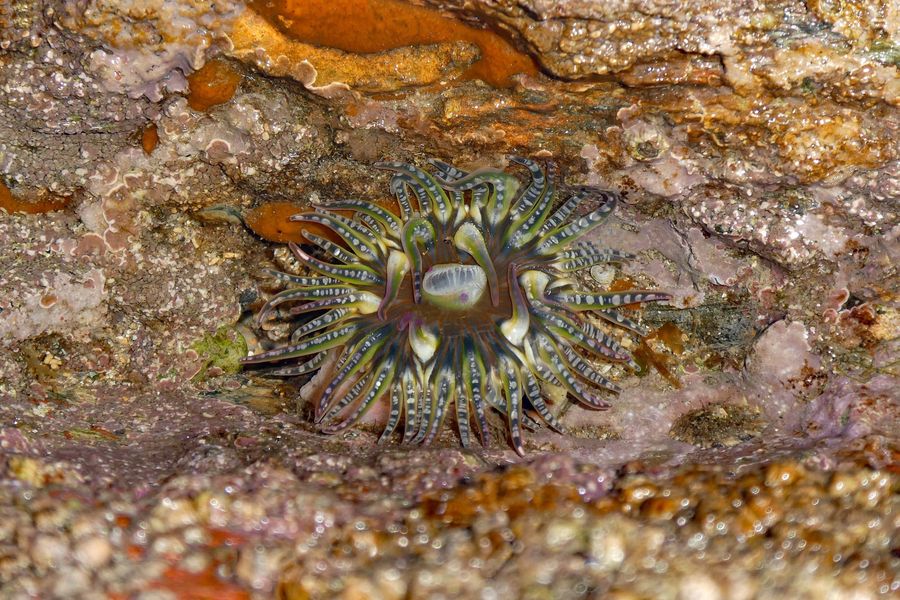





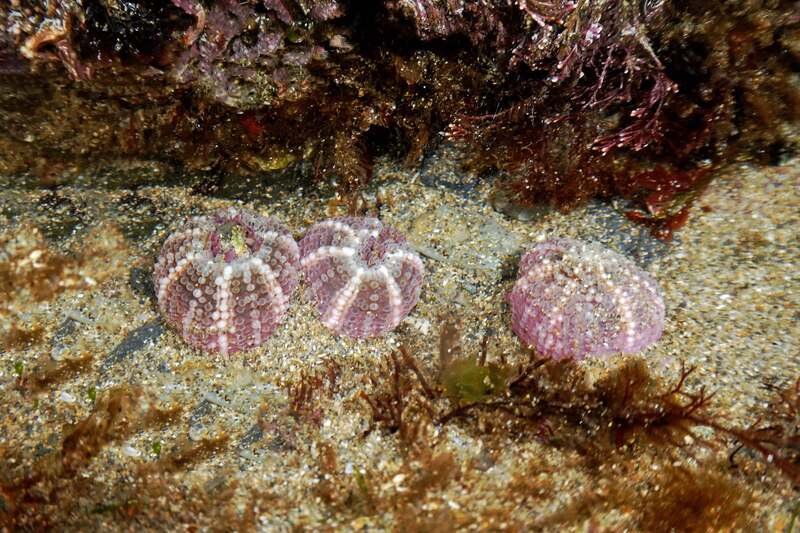



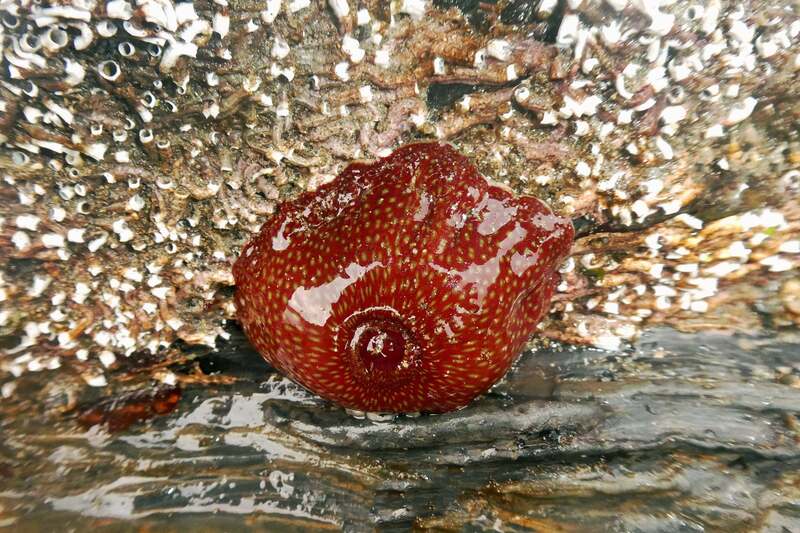


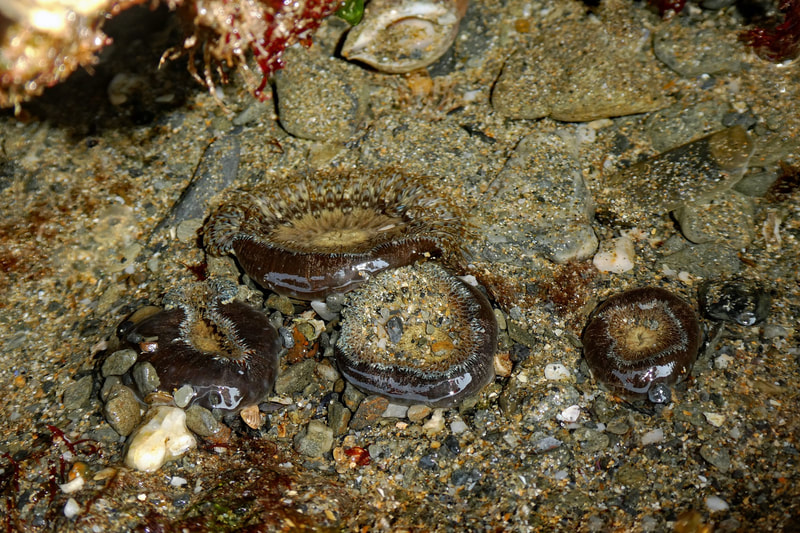
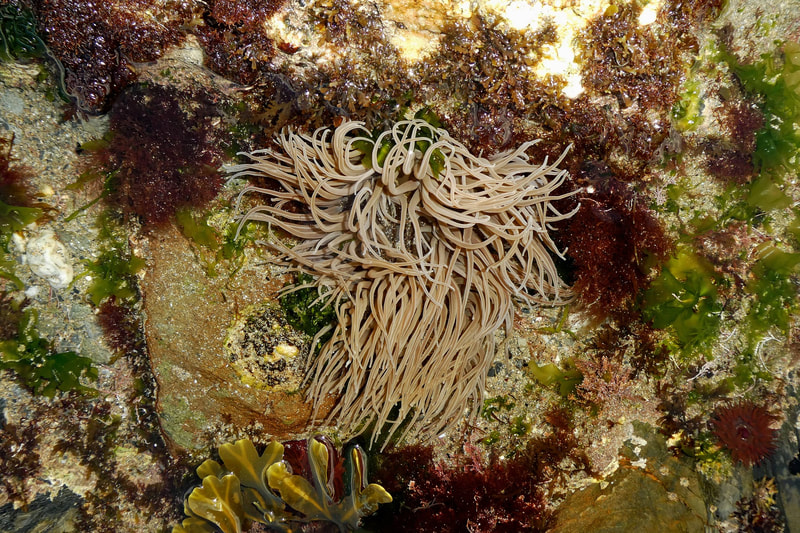





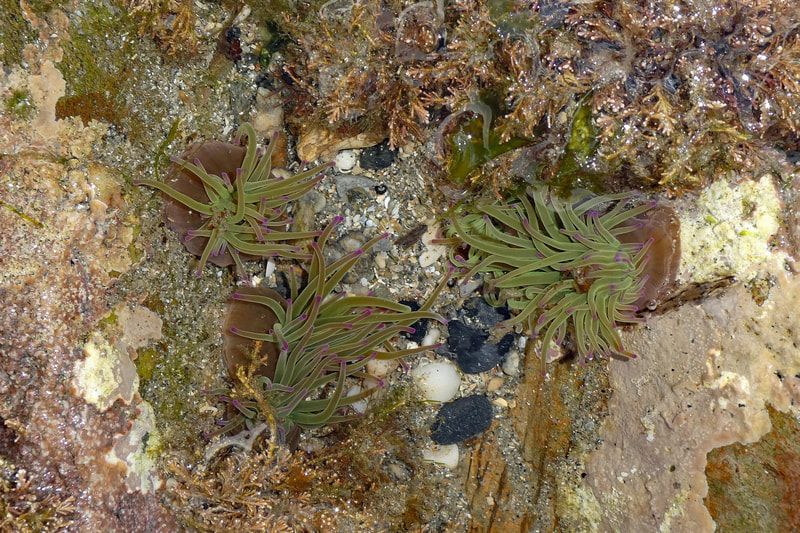
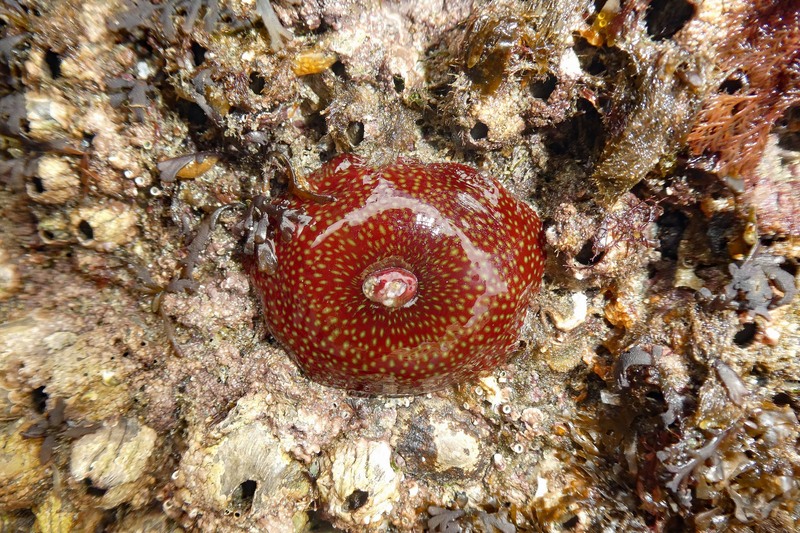





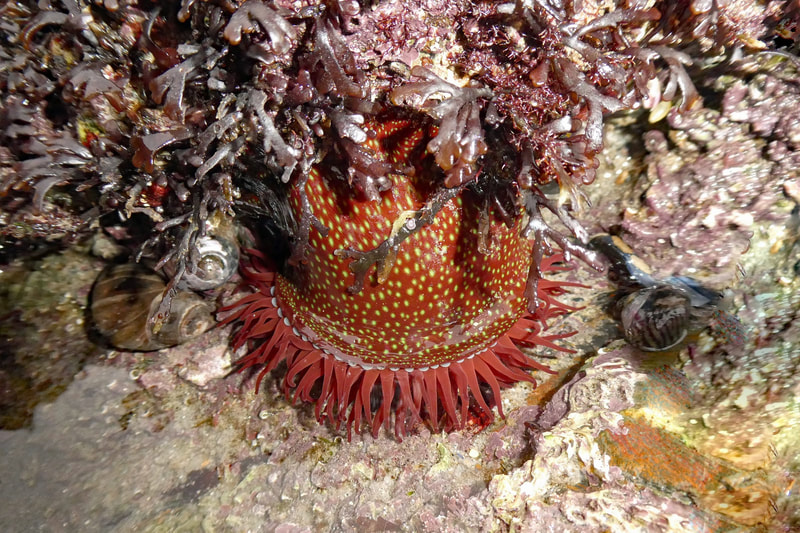







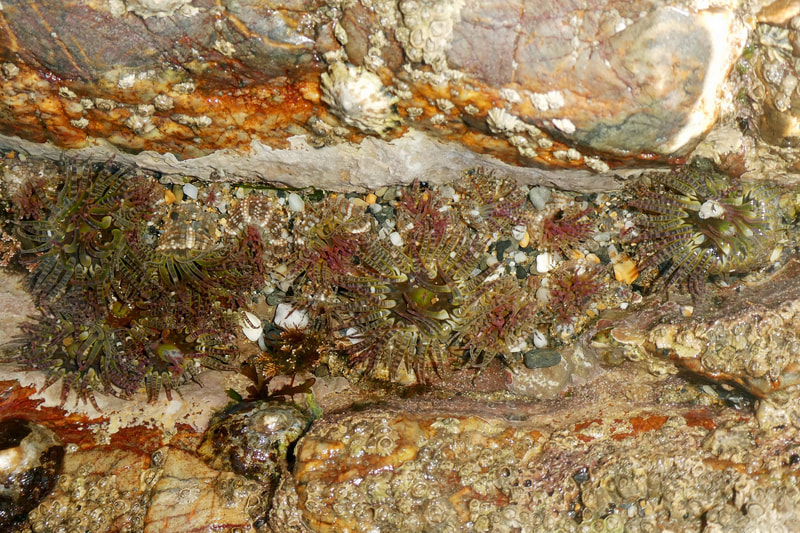



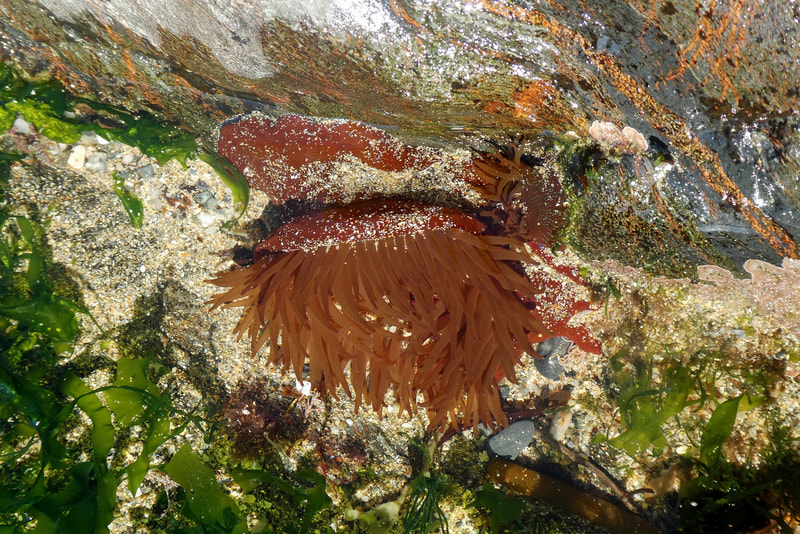





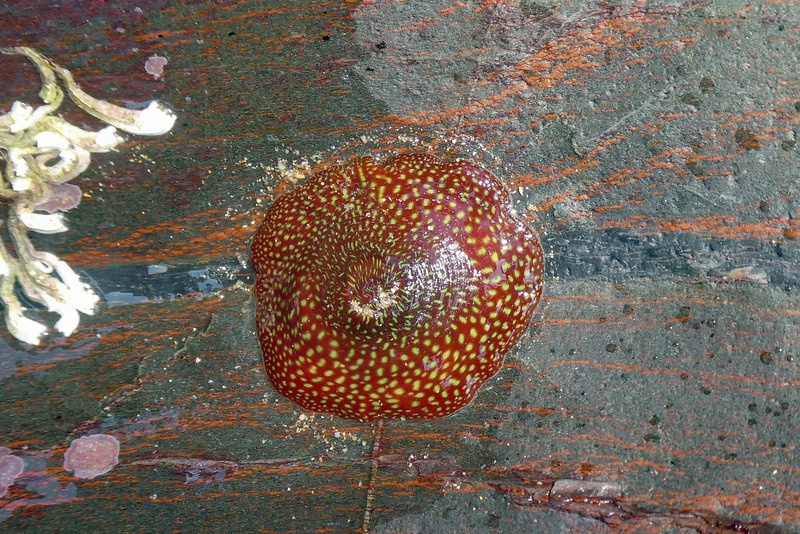




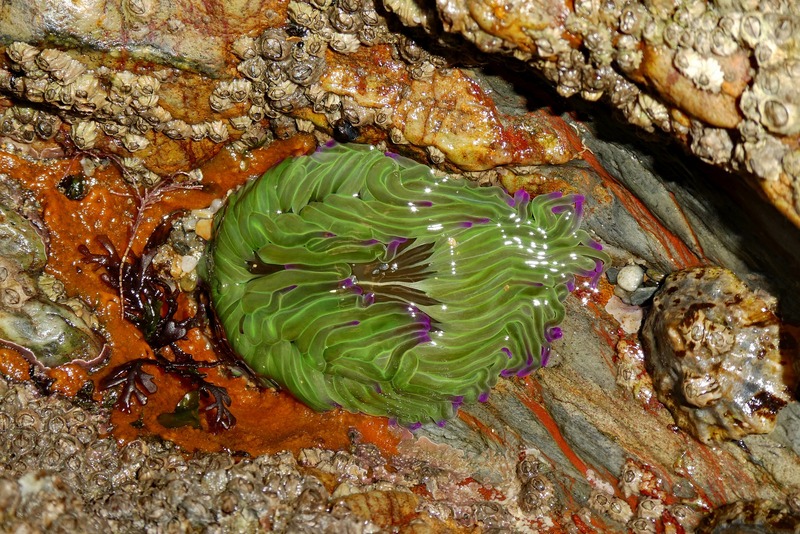


















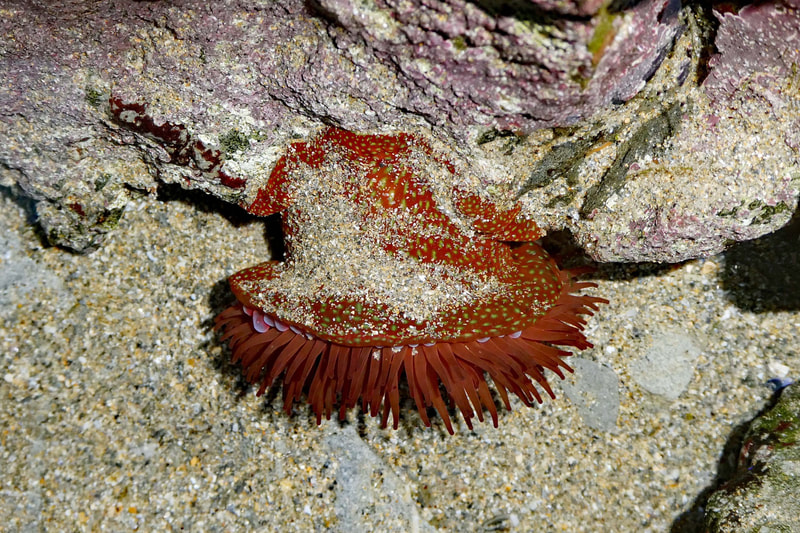





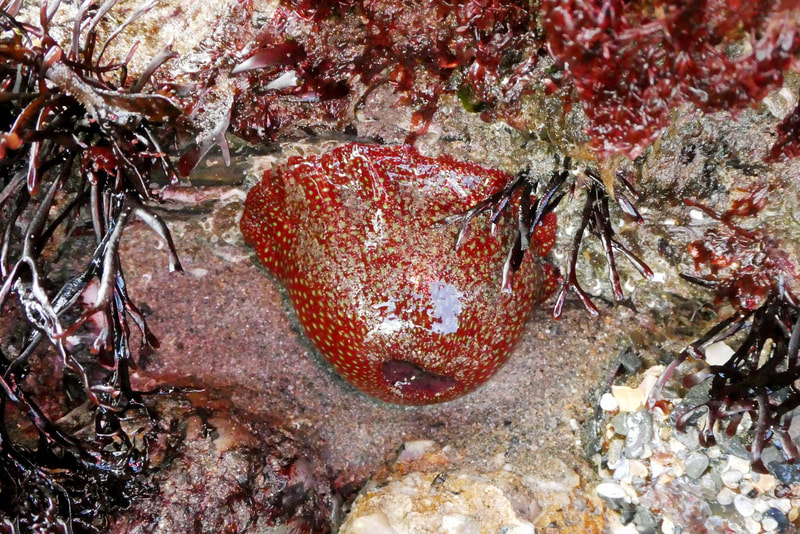








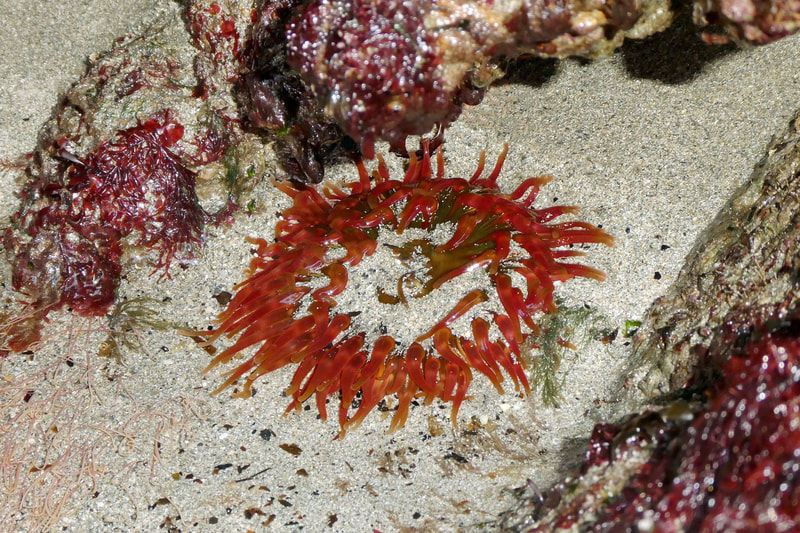




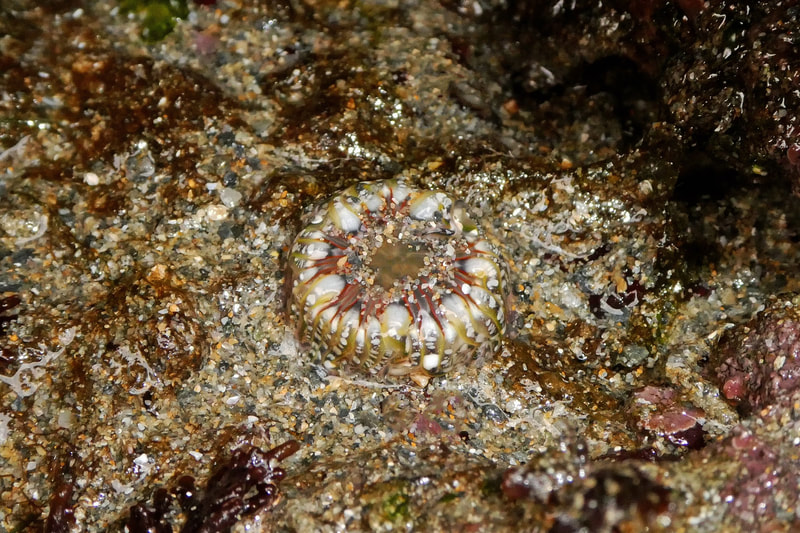









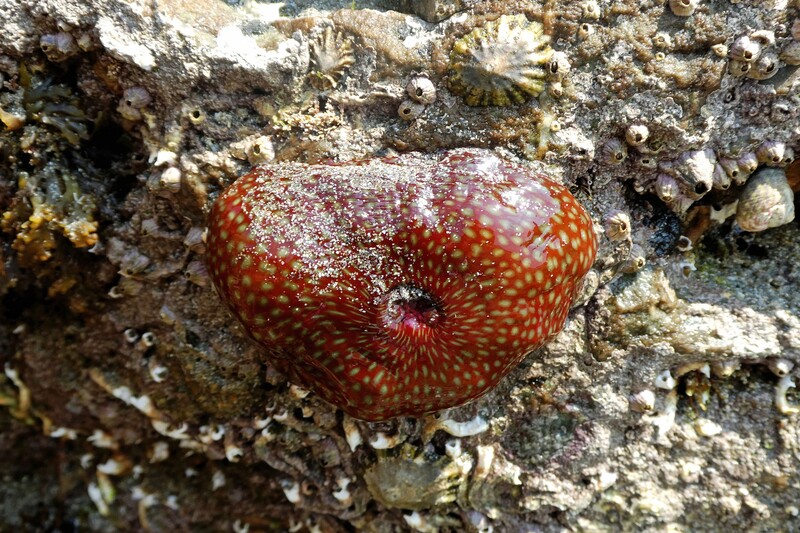


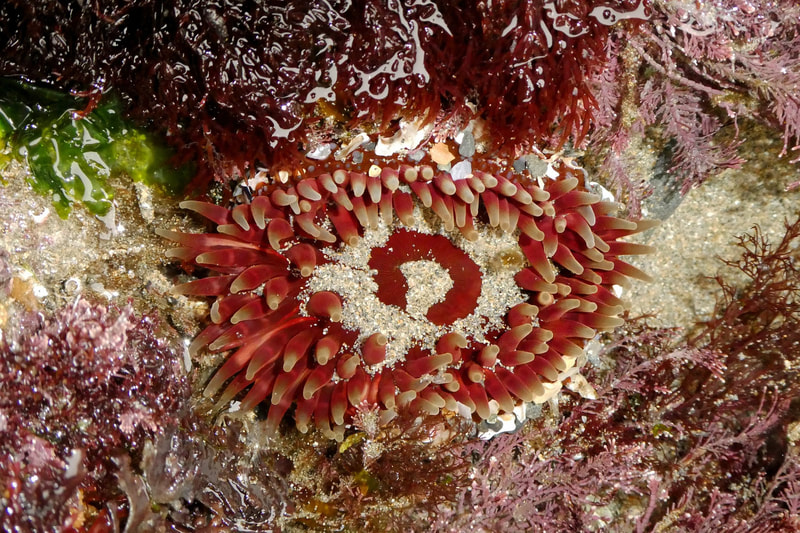




 RSS Feed
RSS Feed